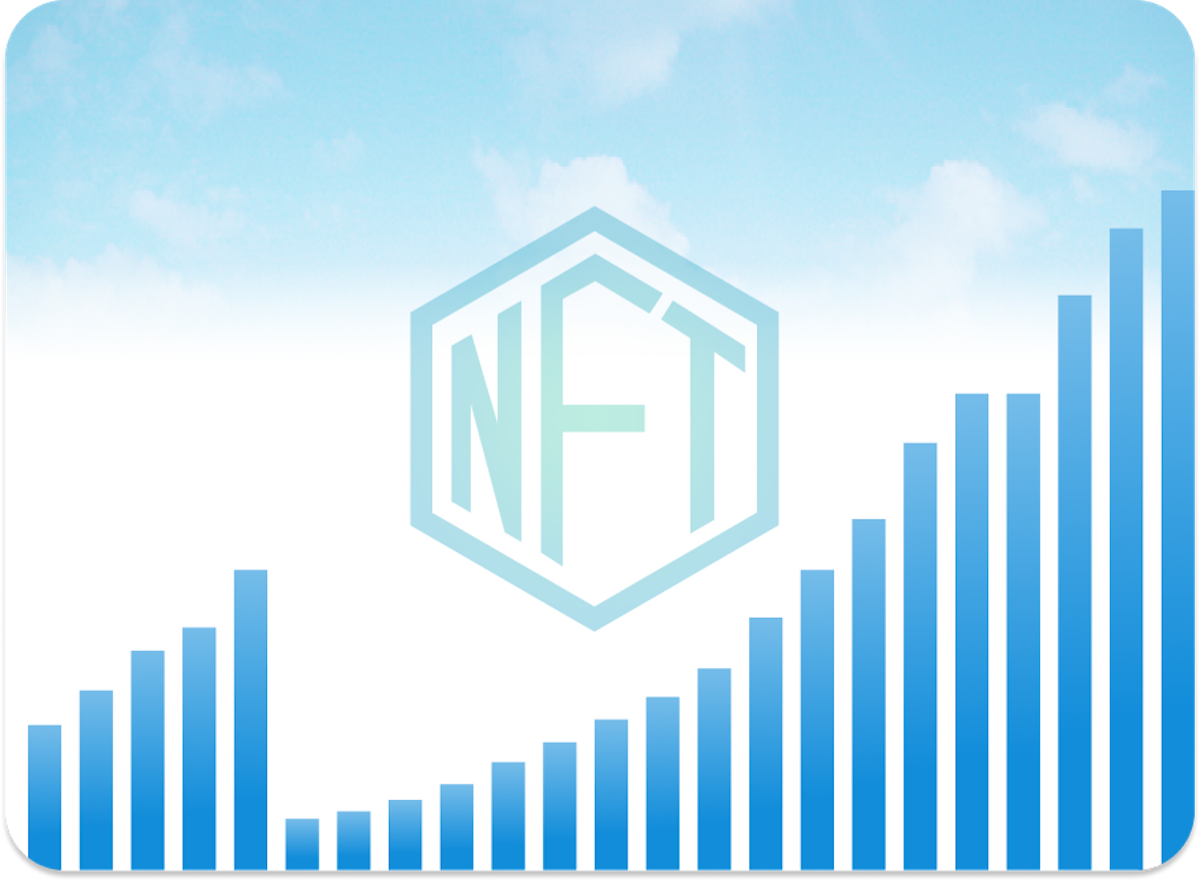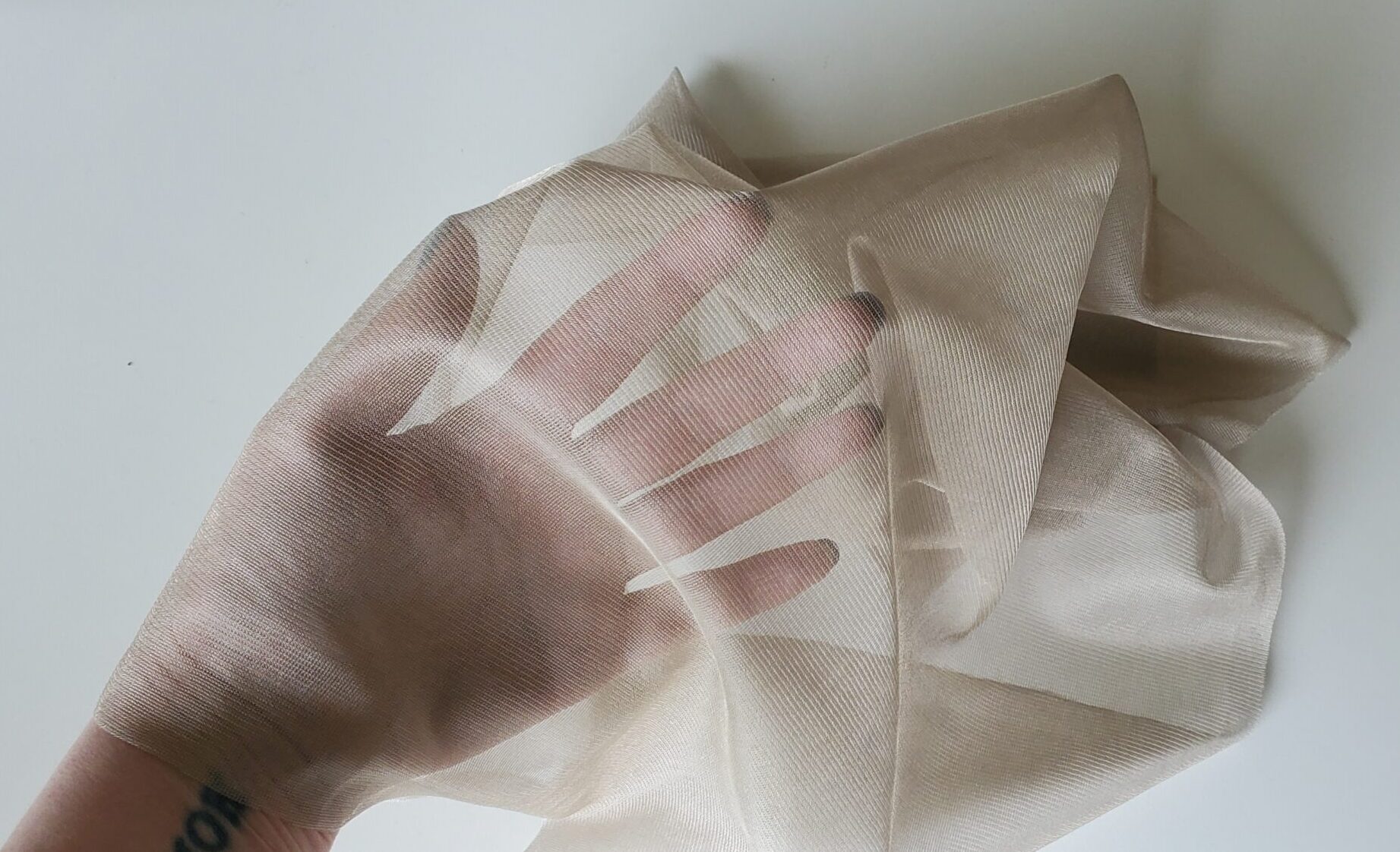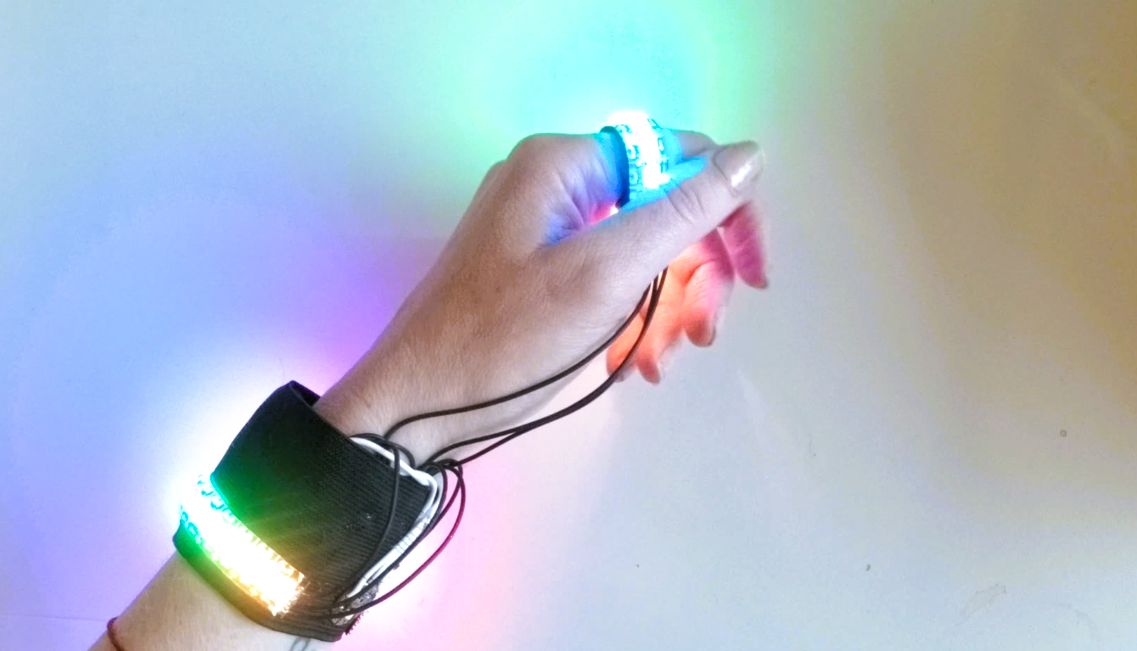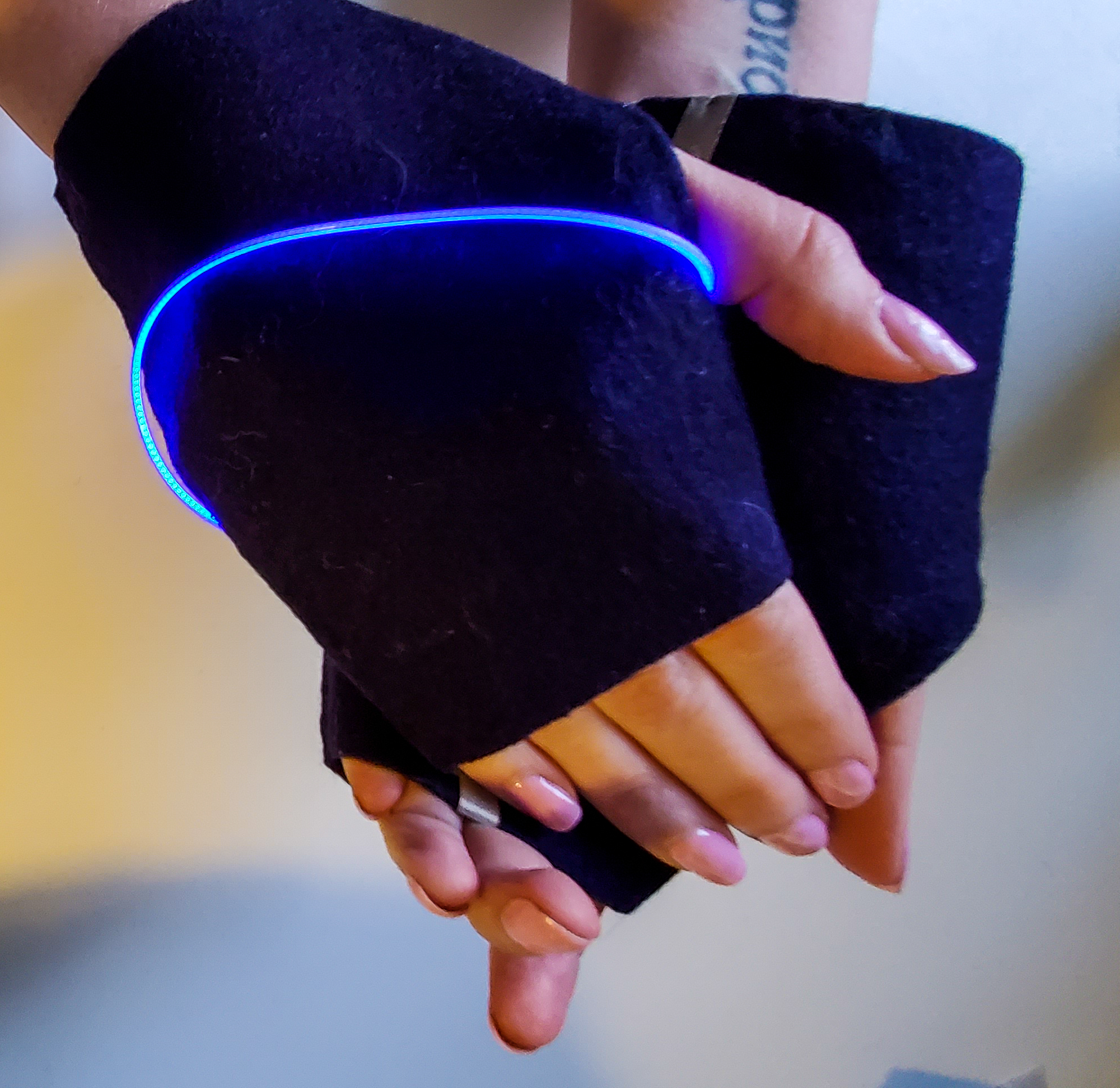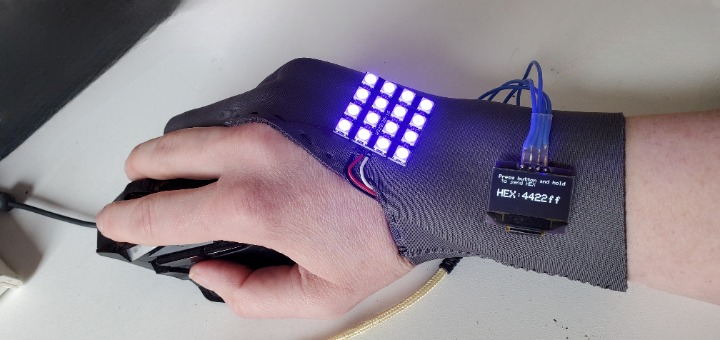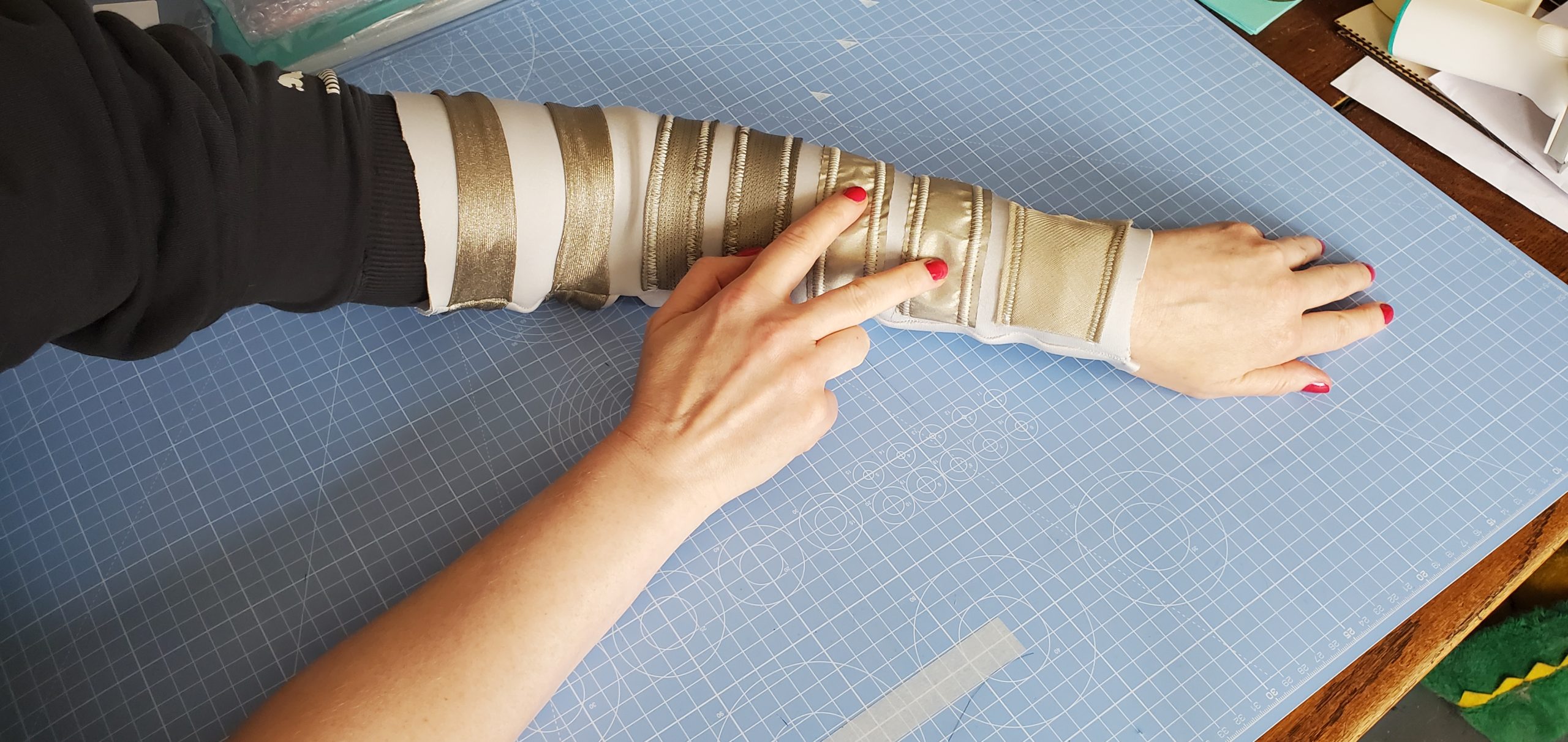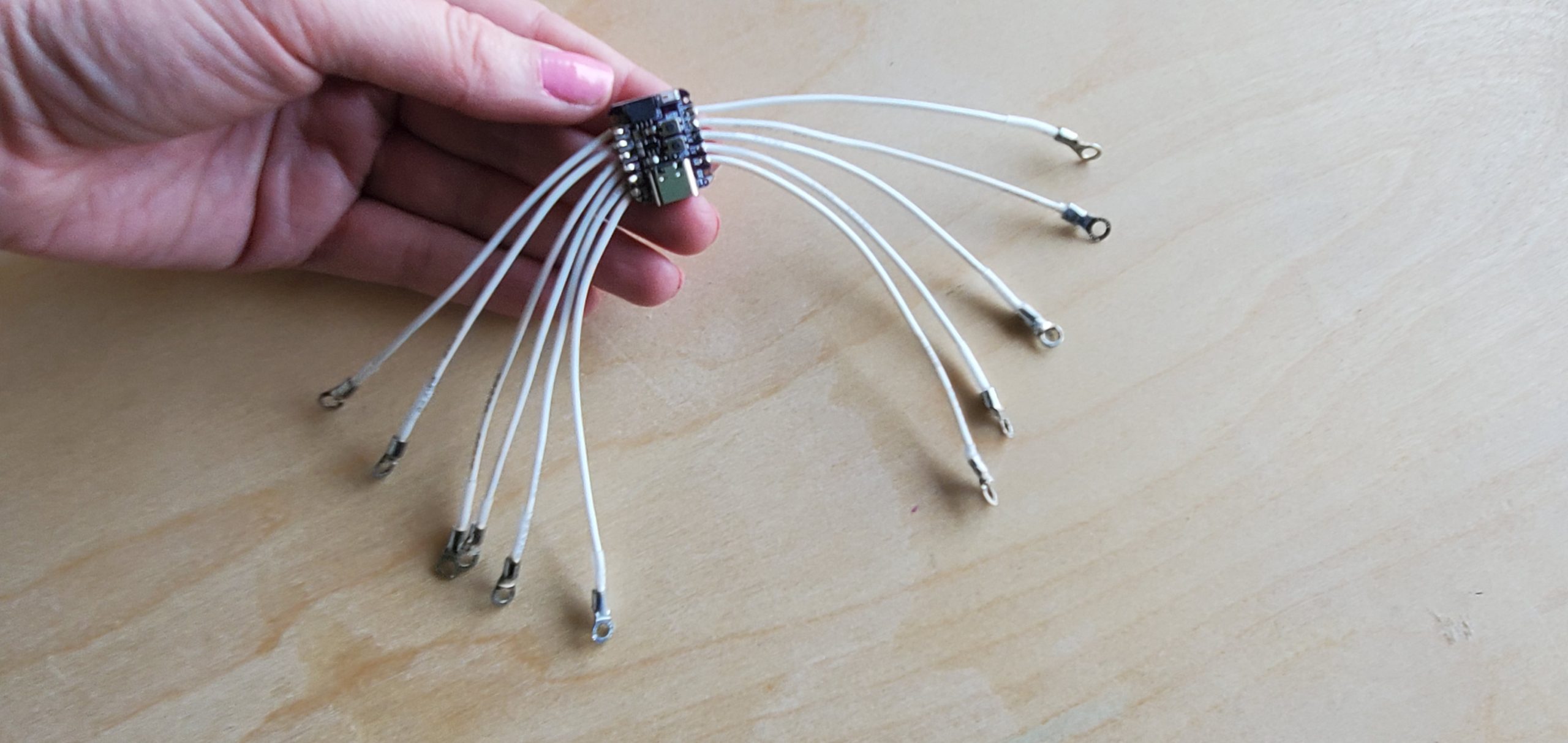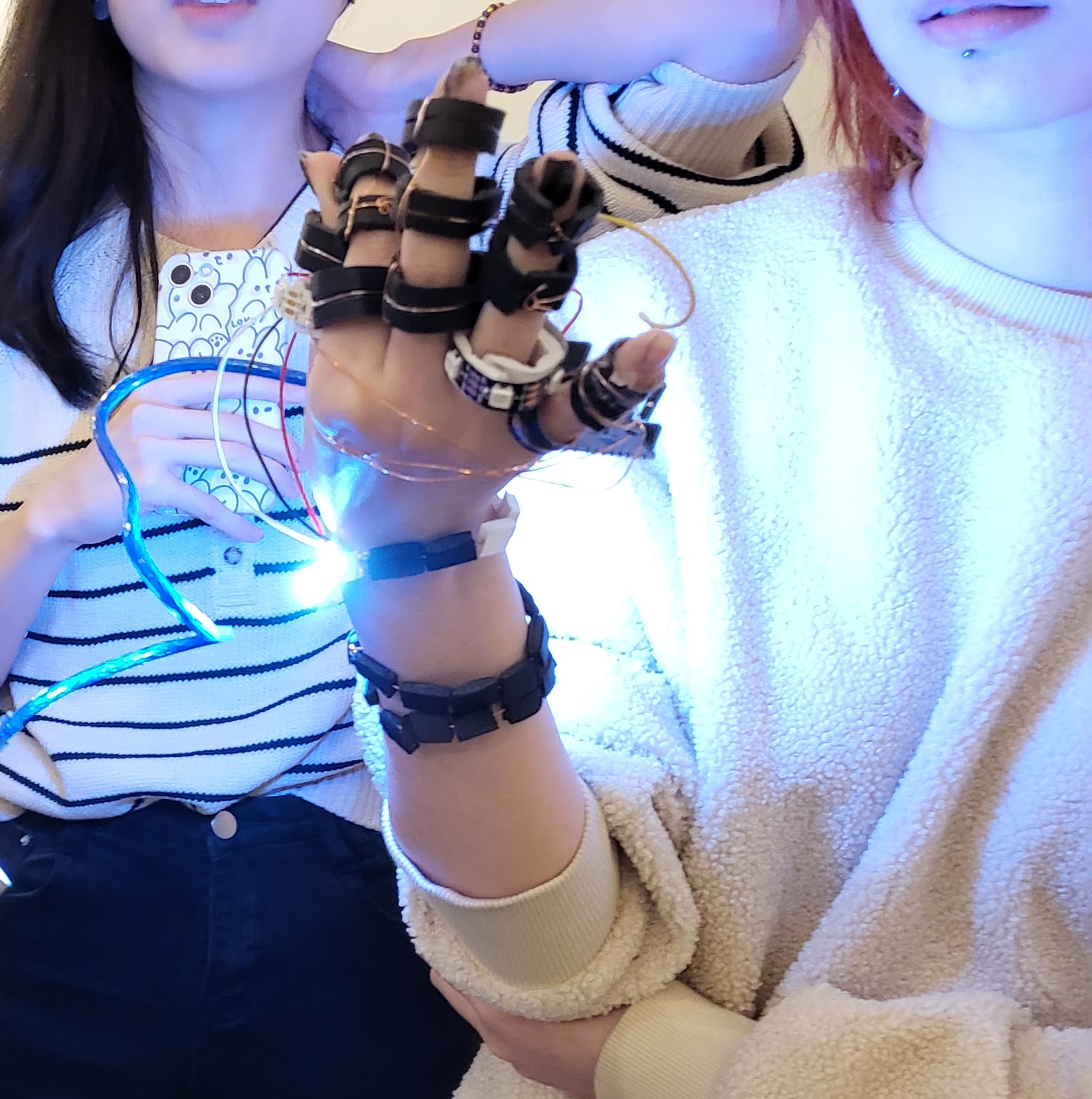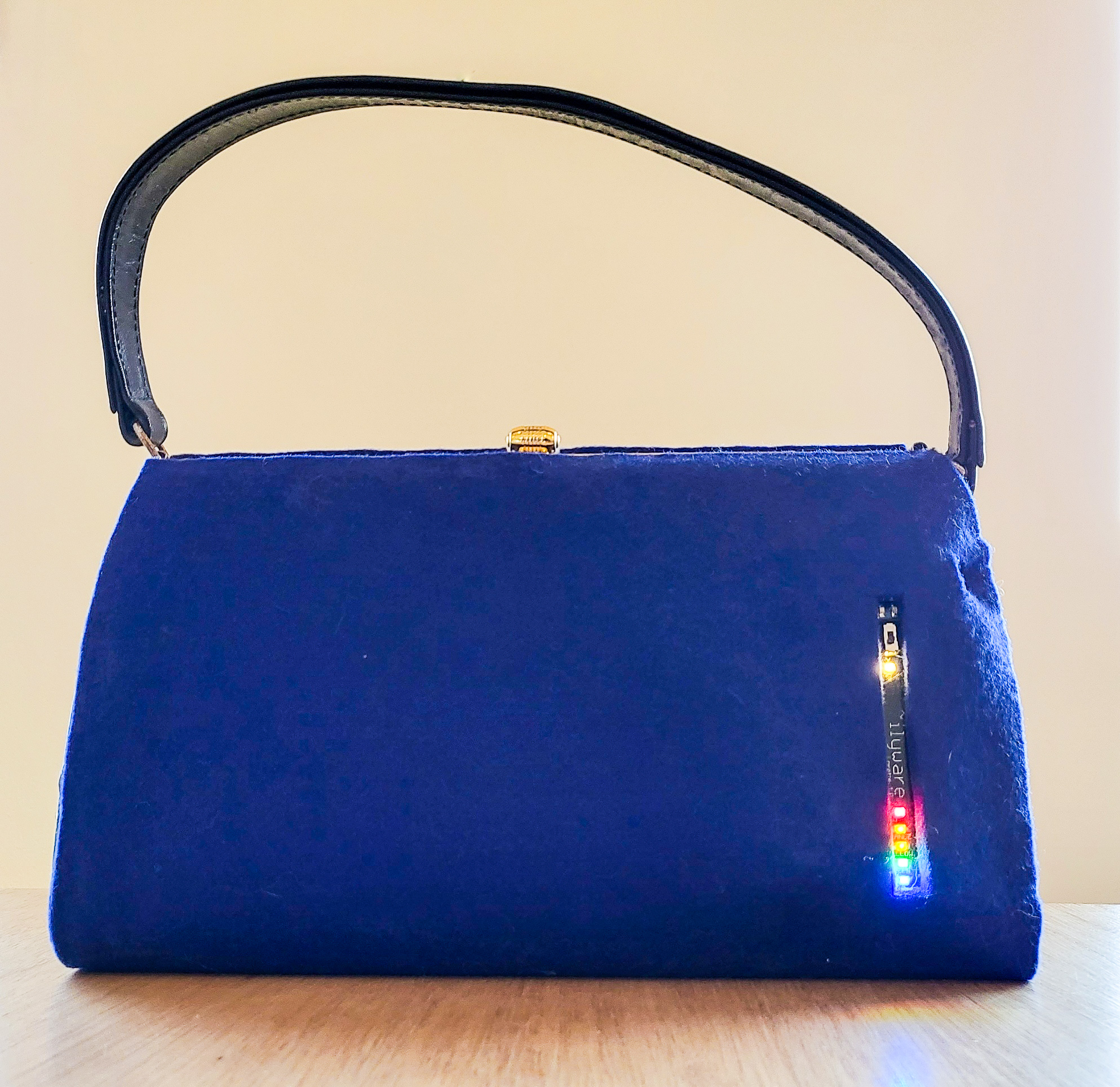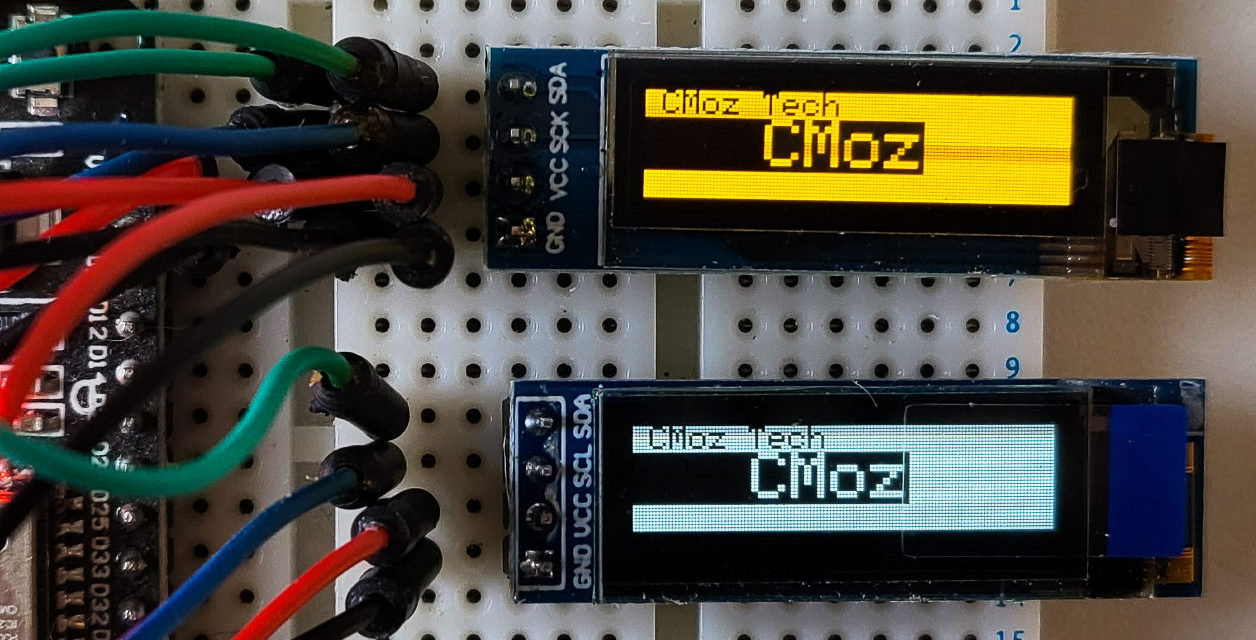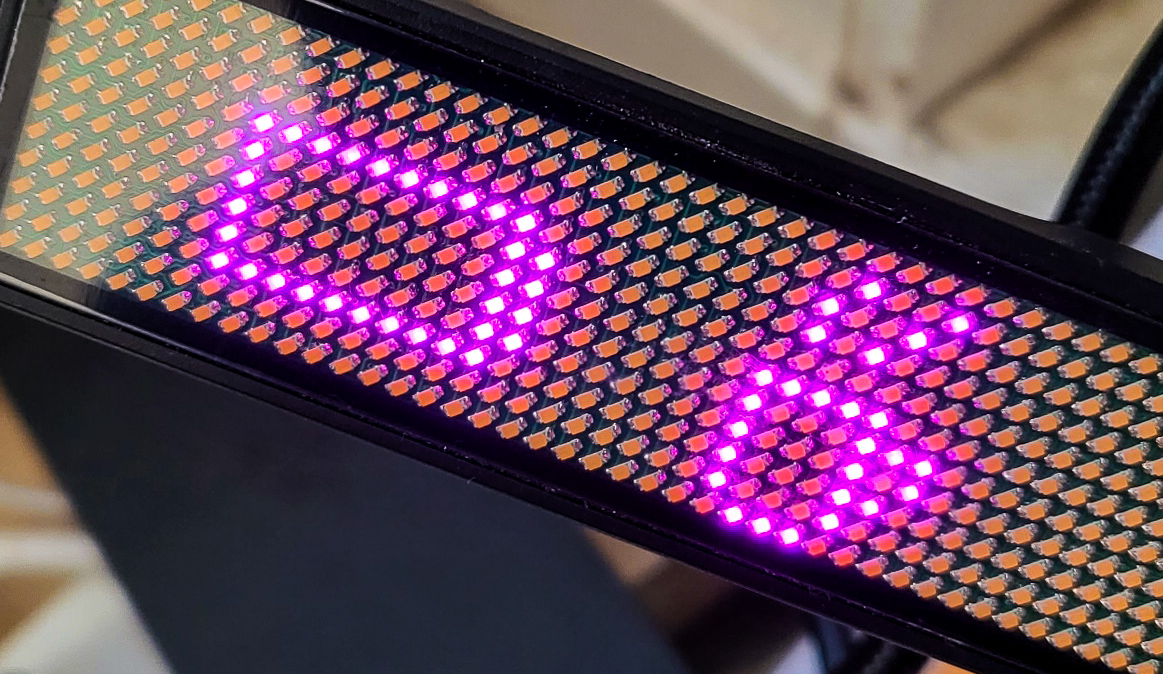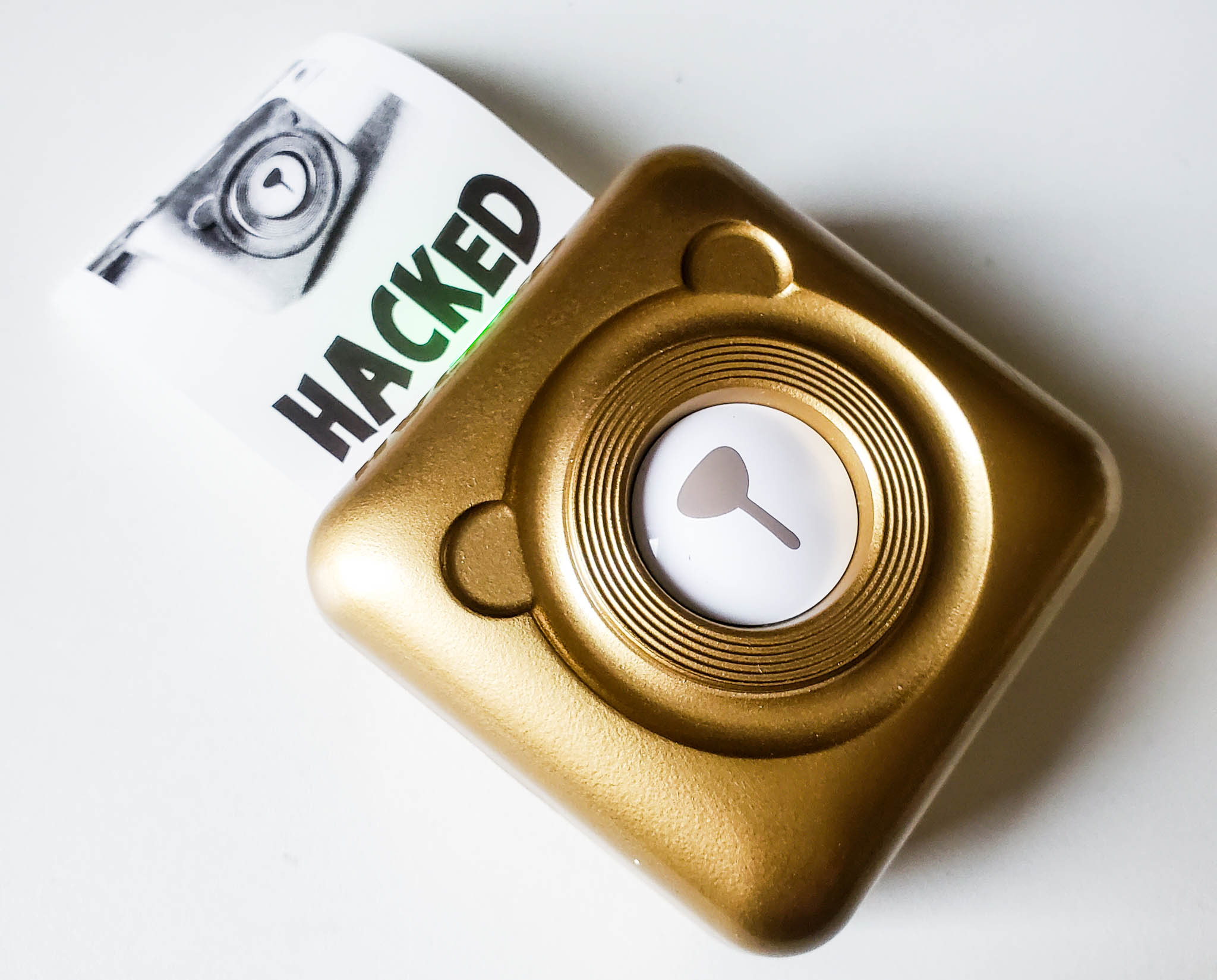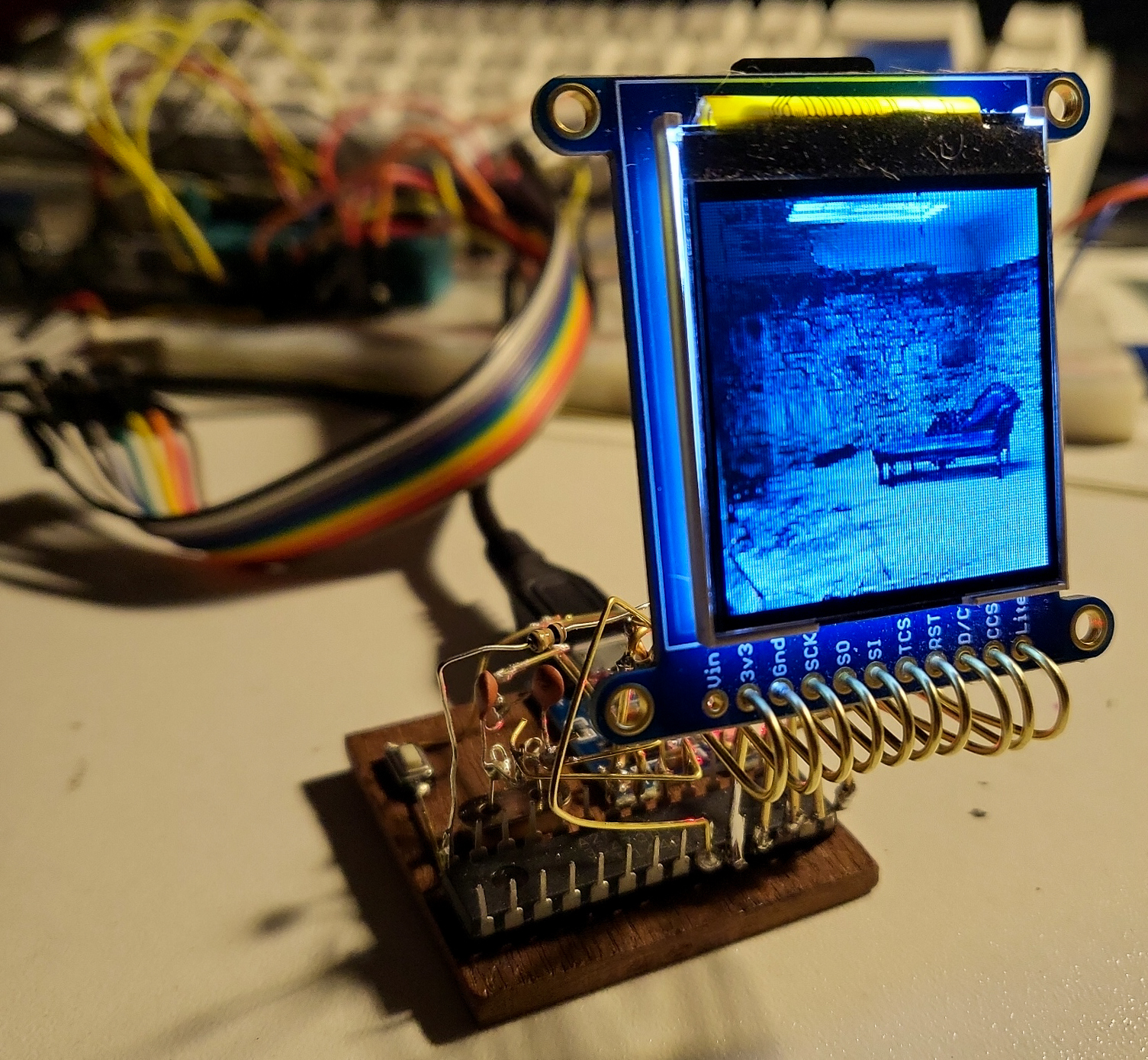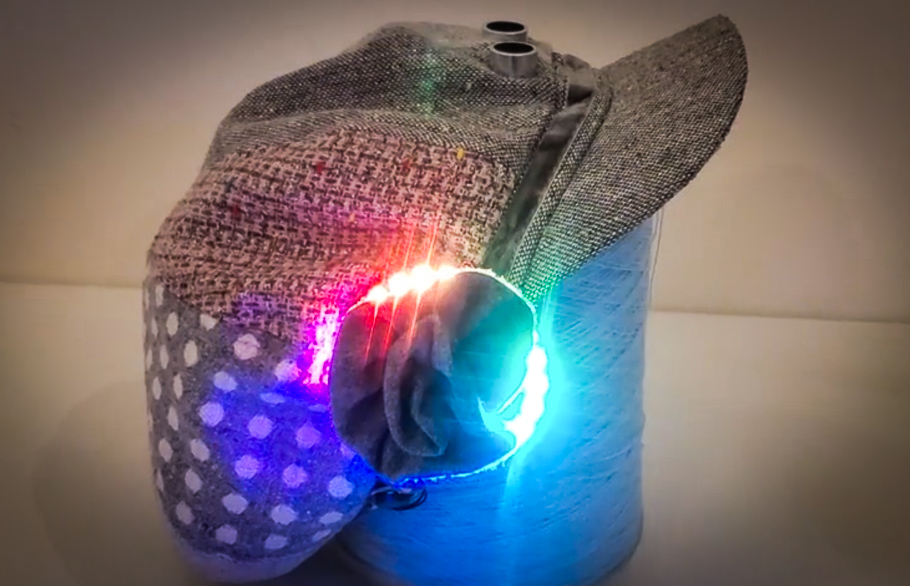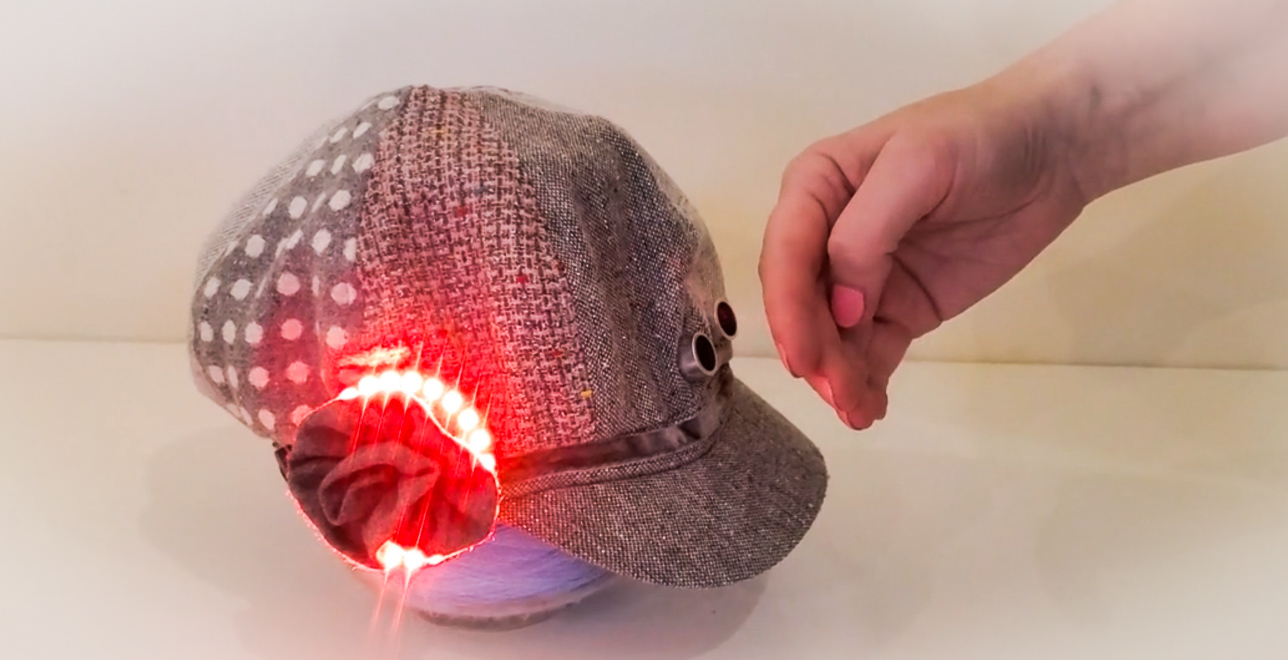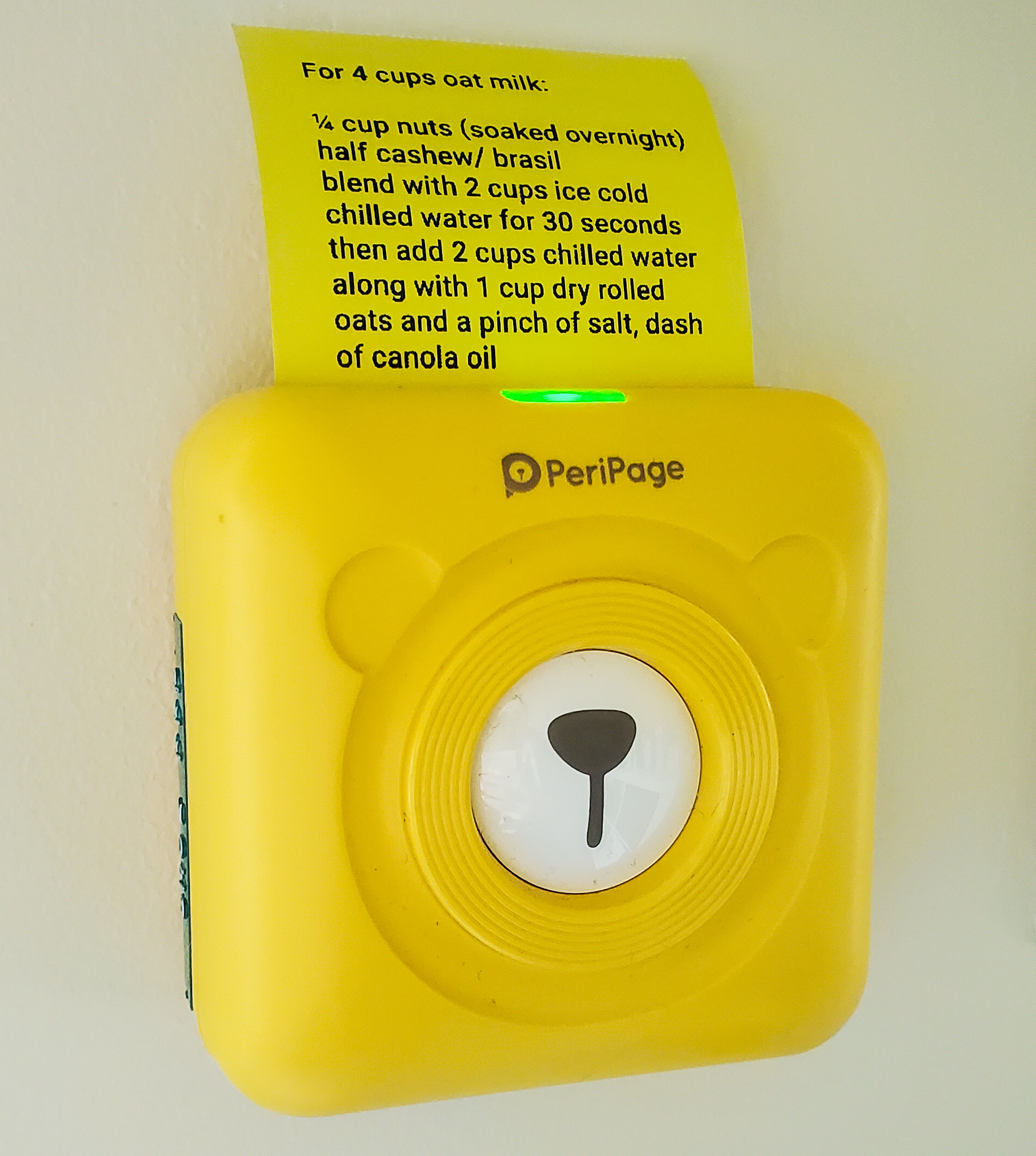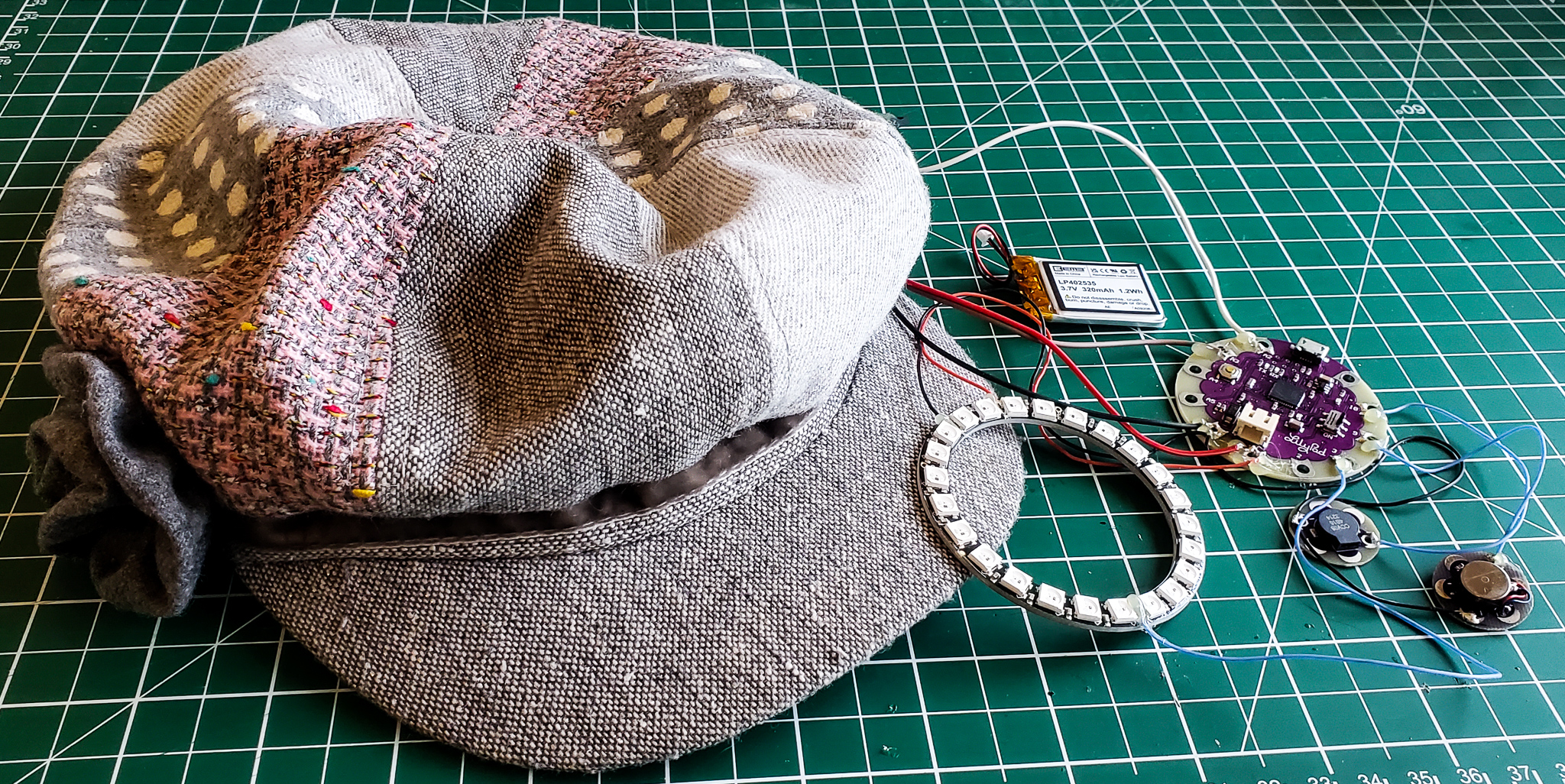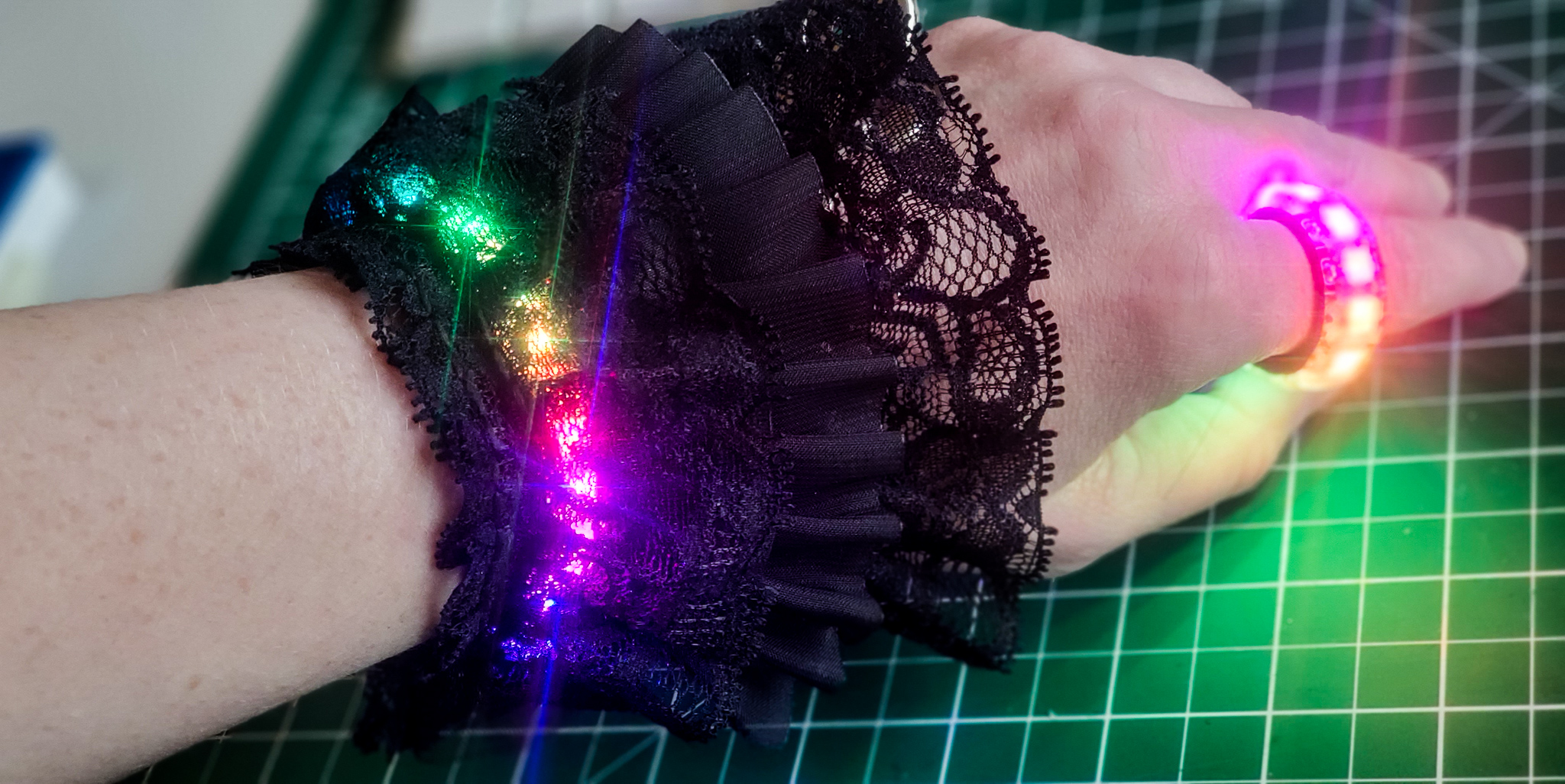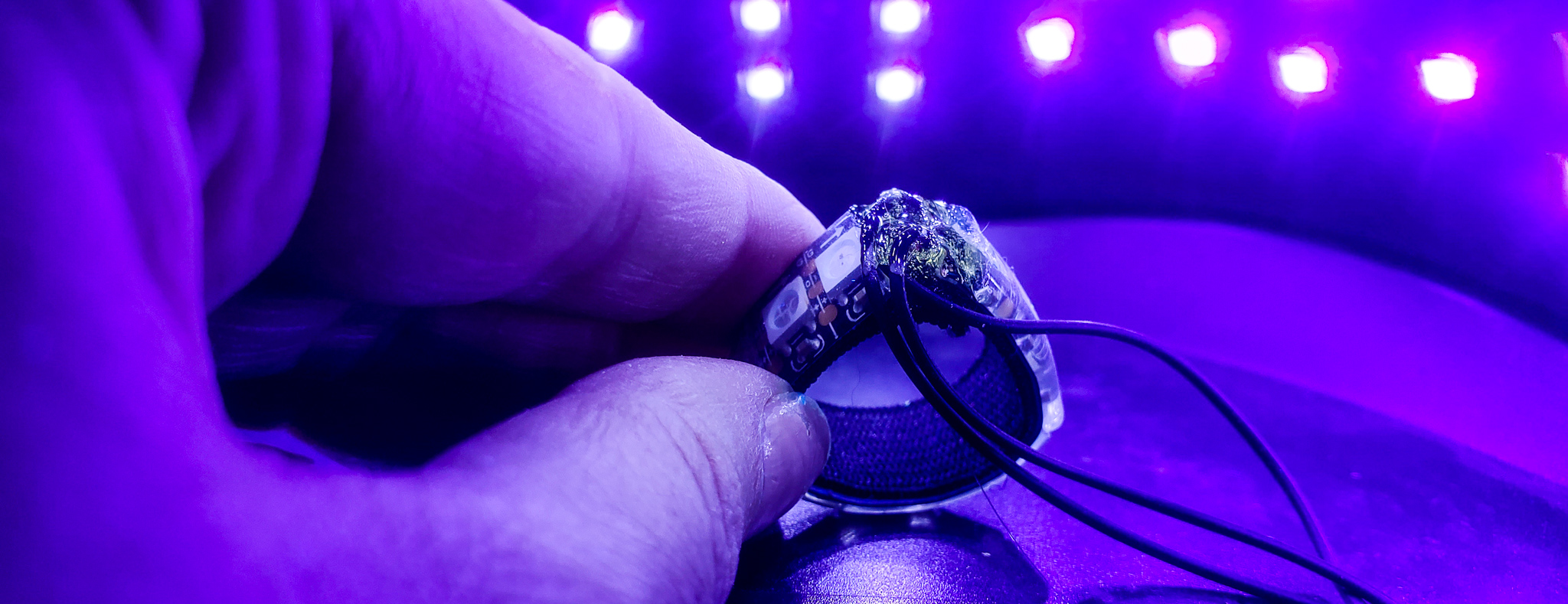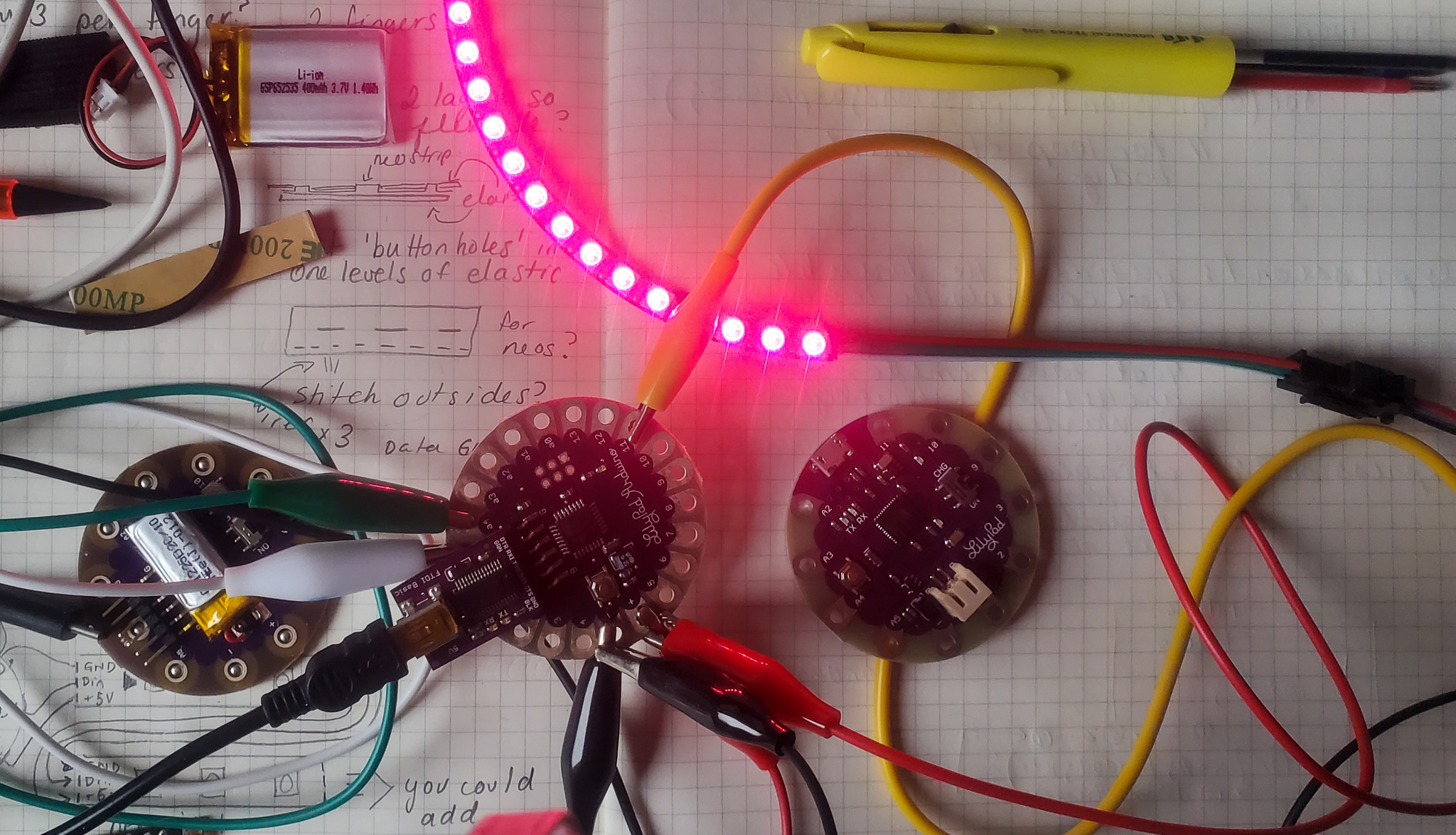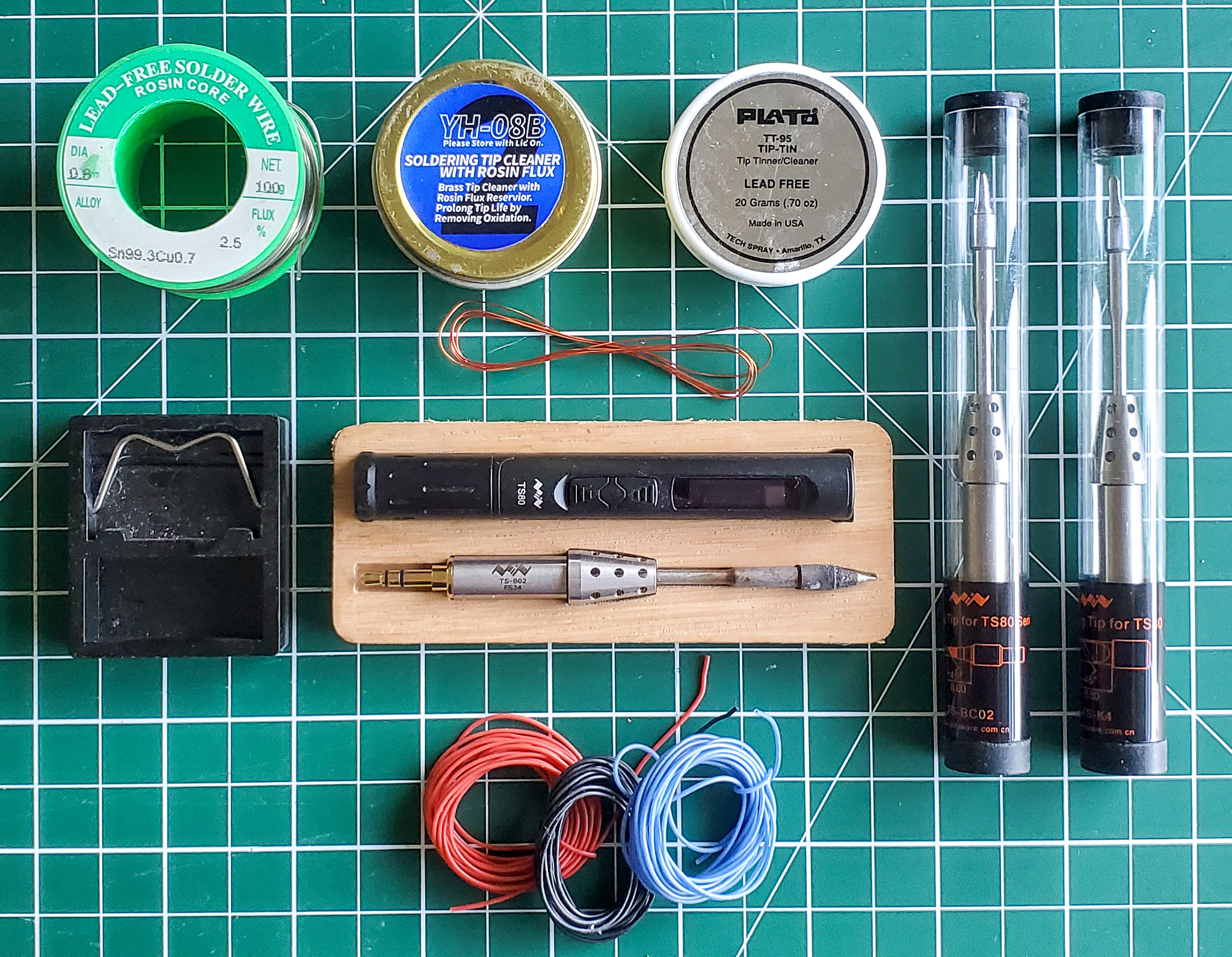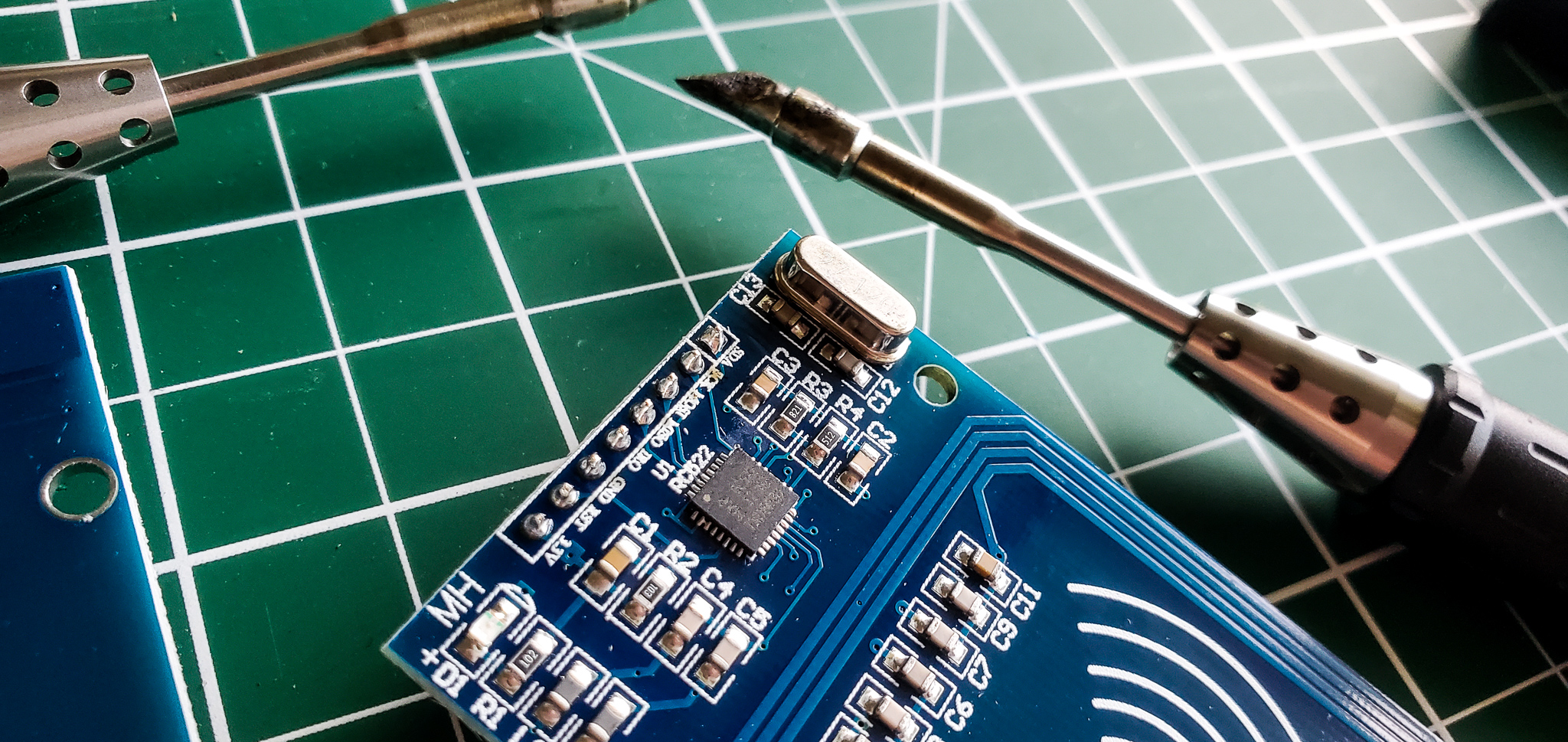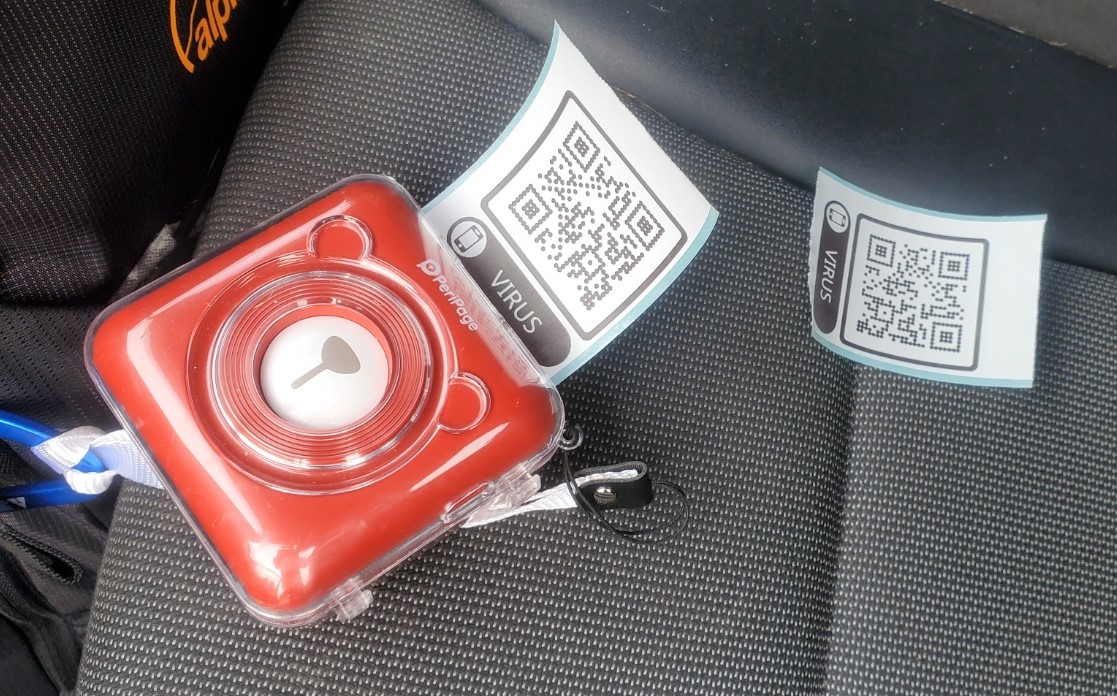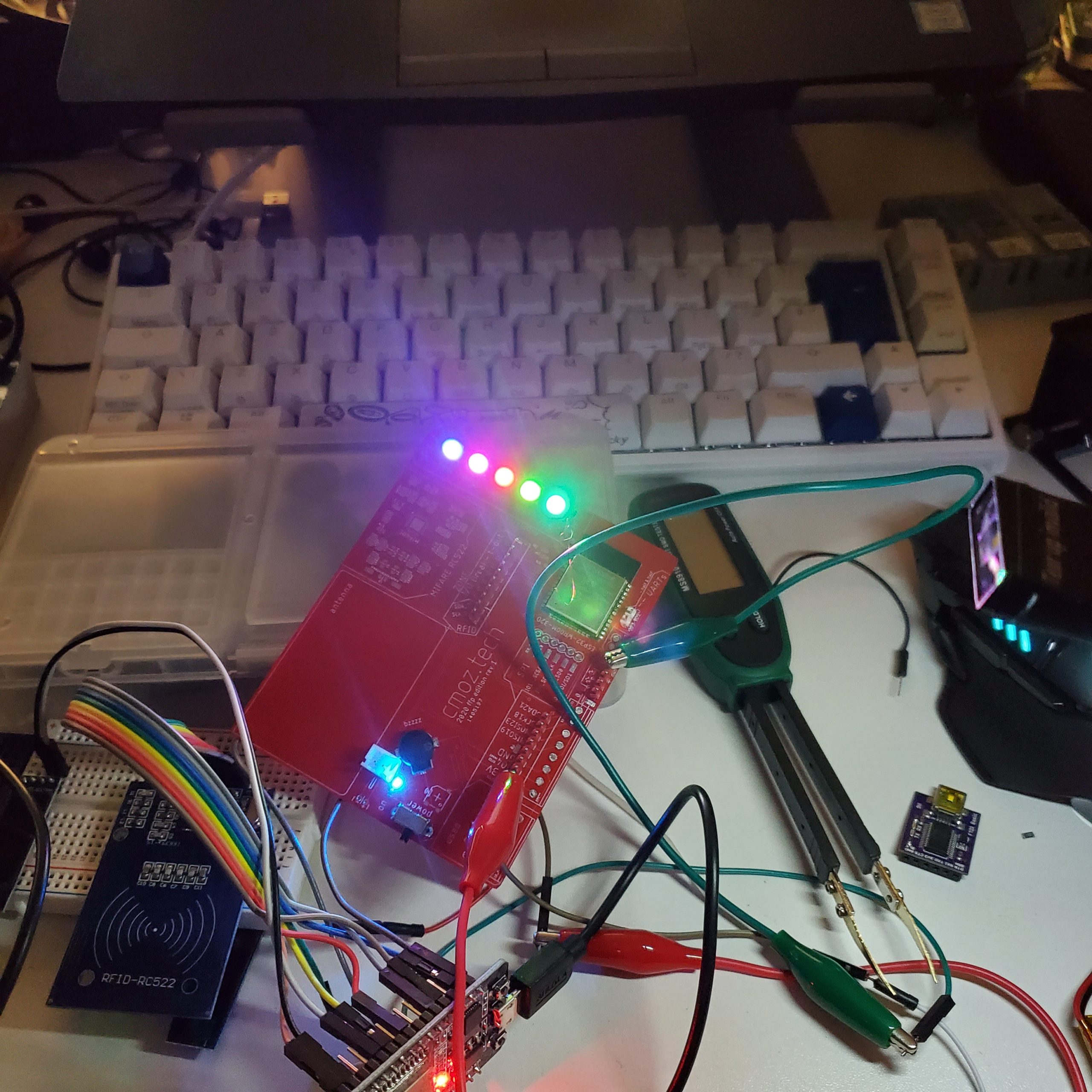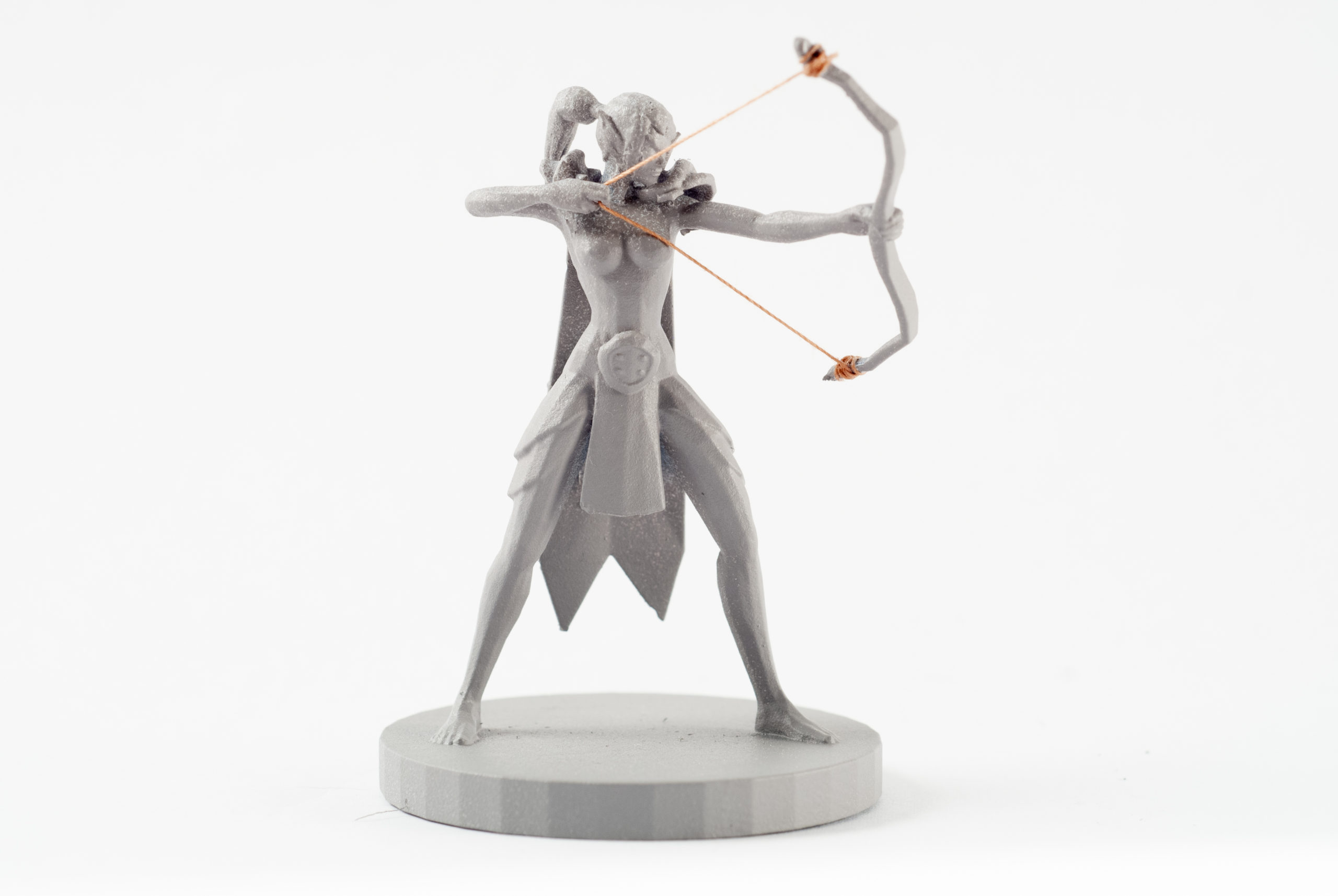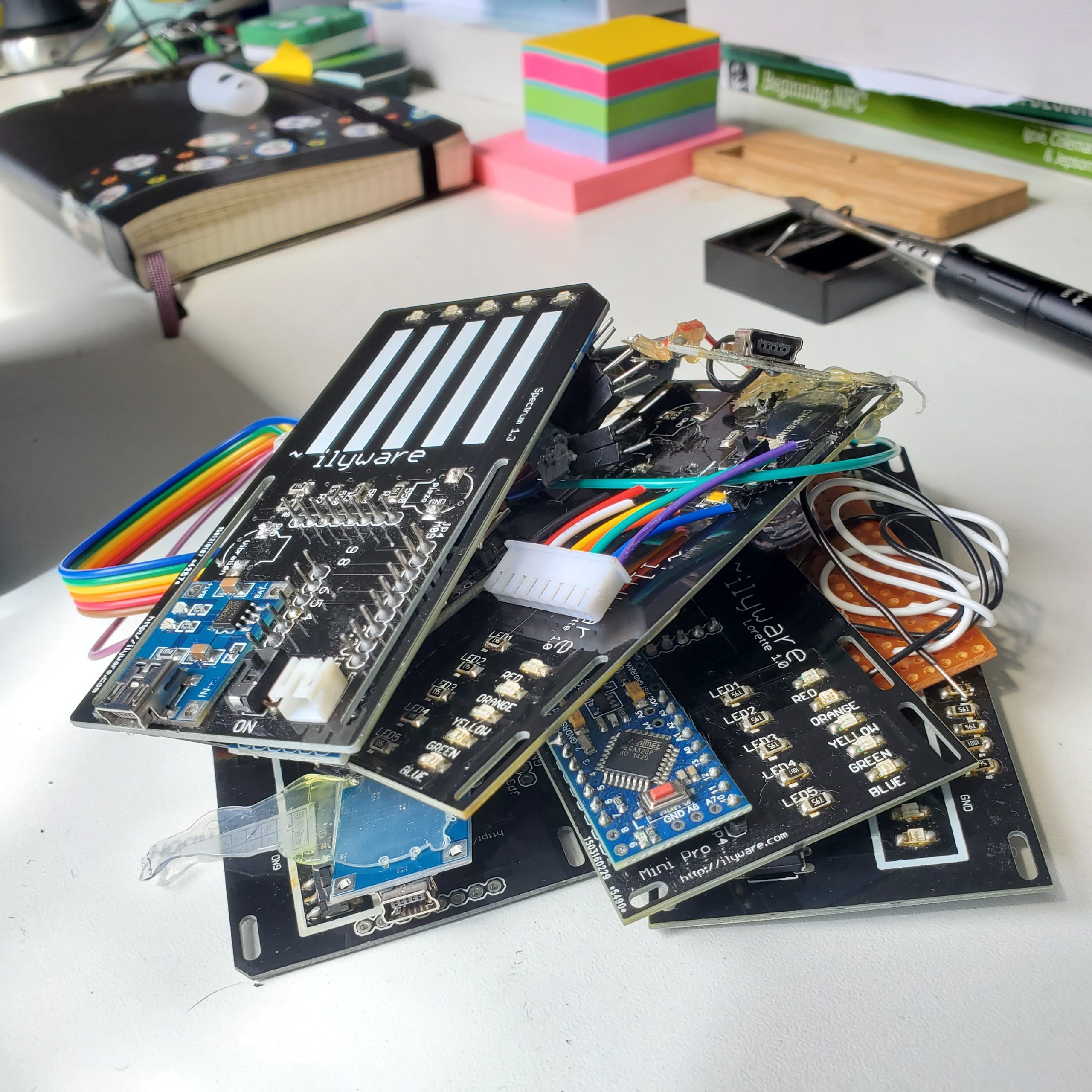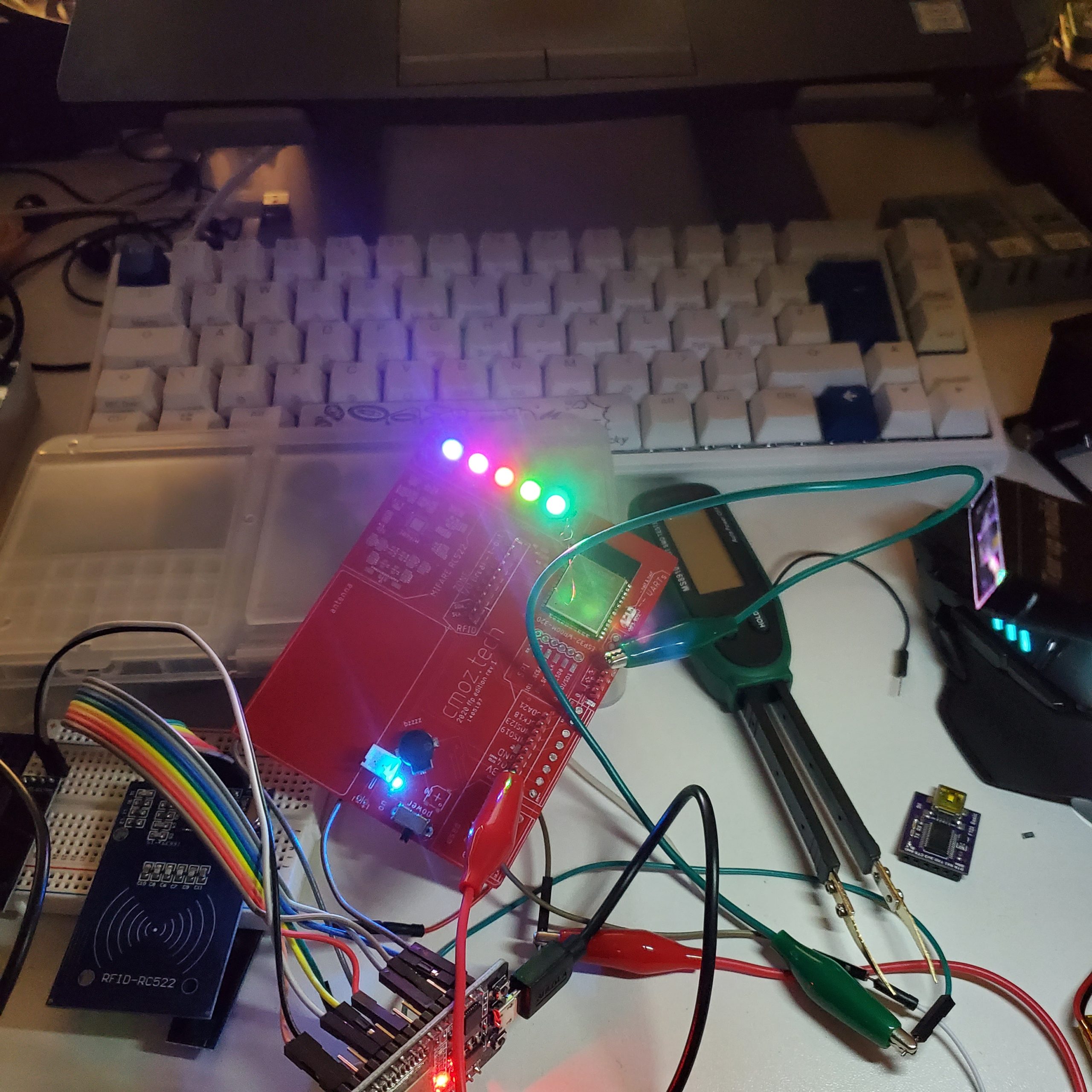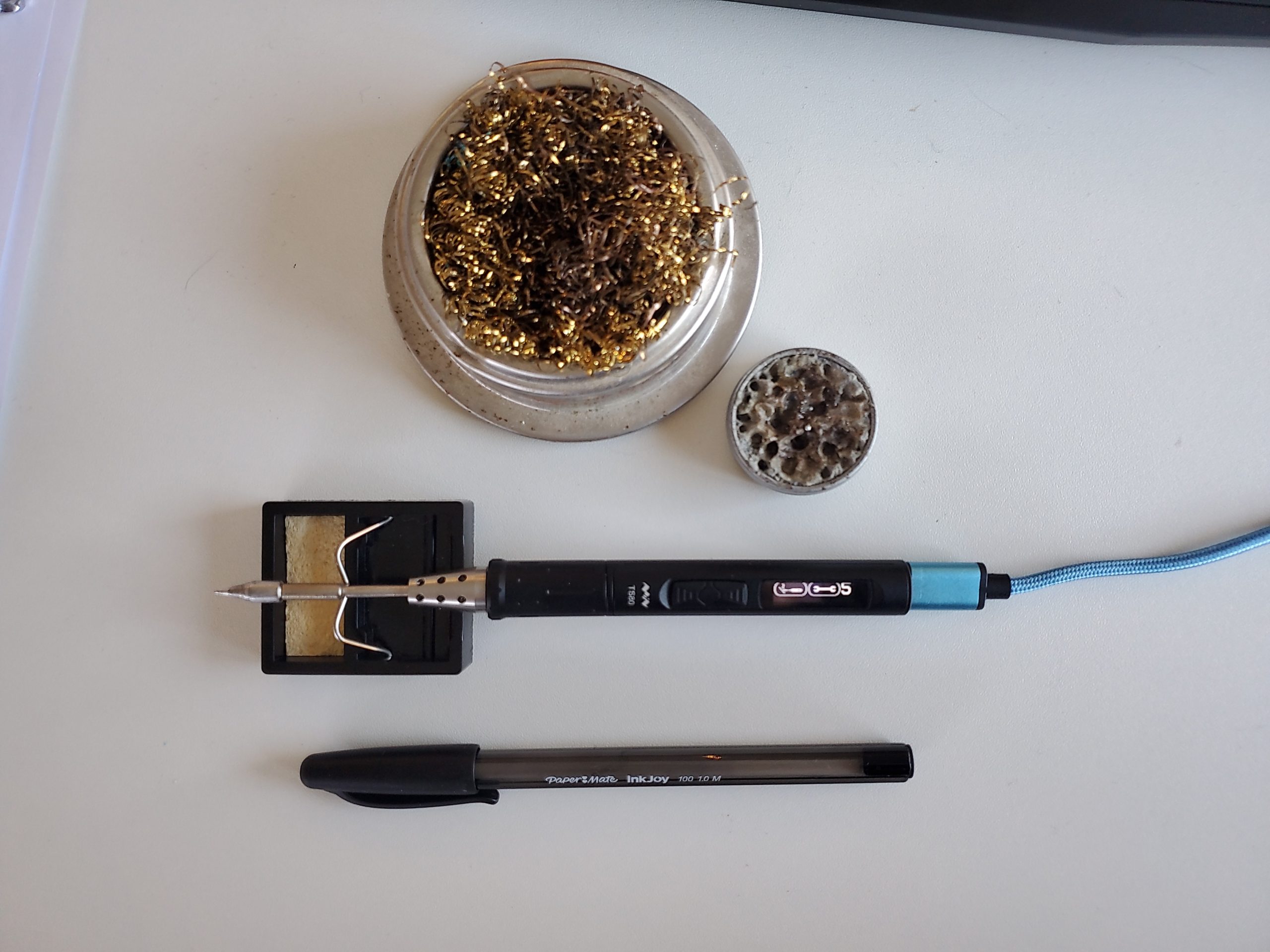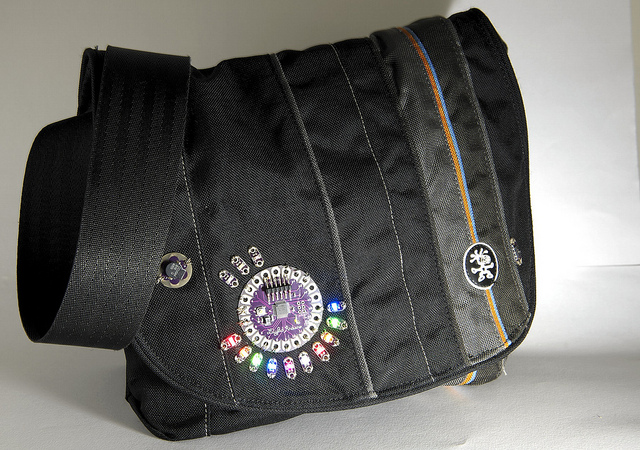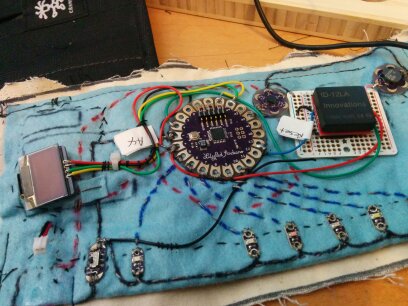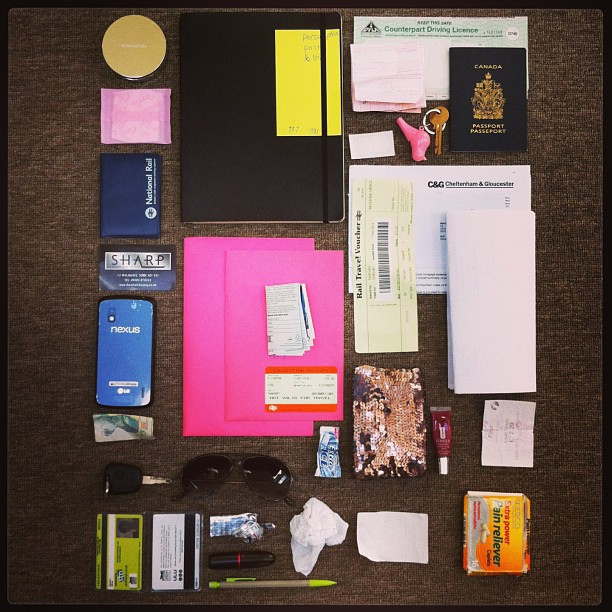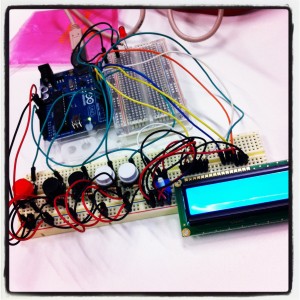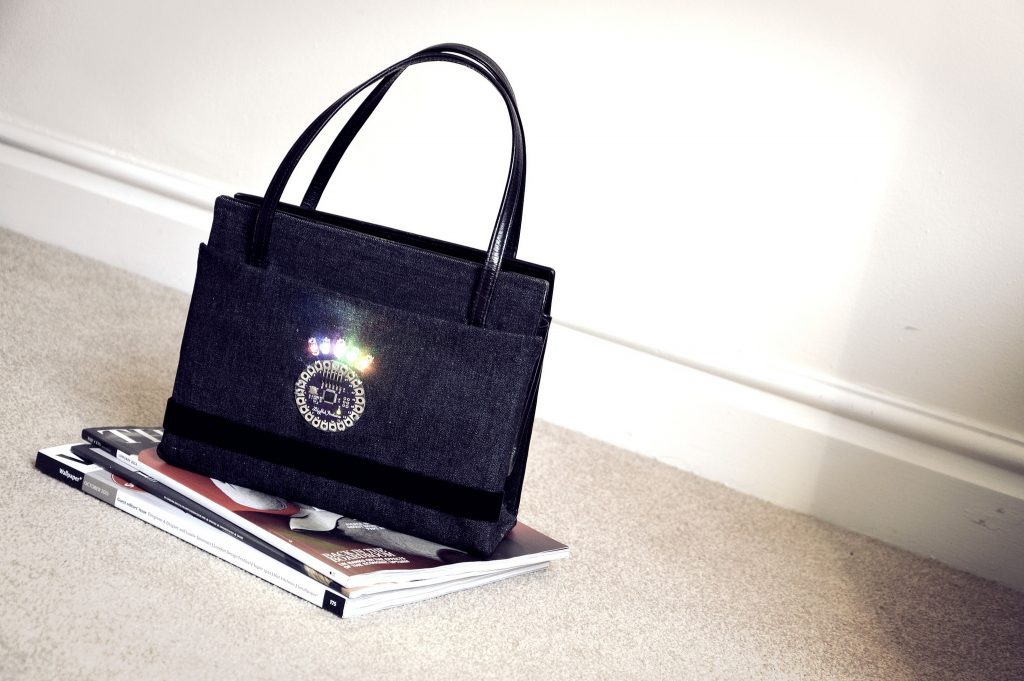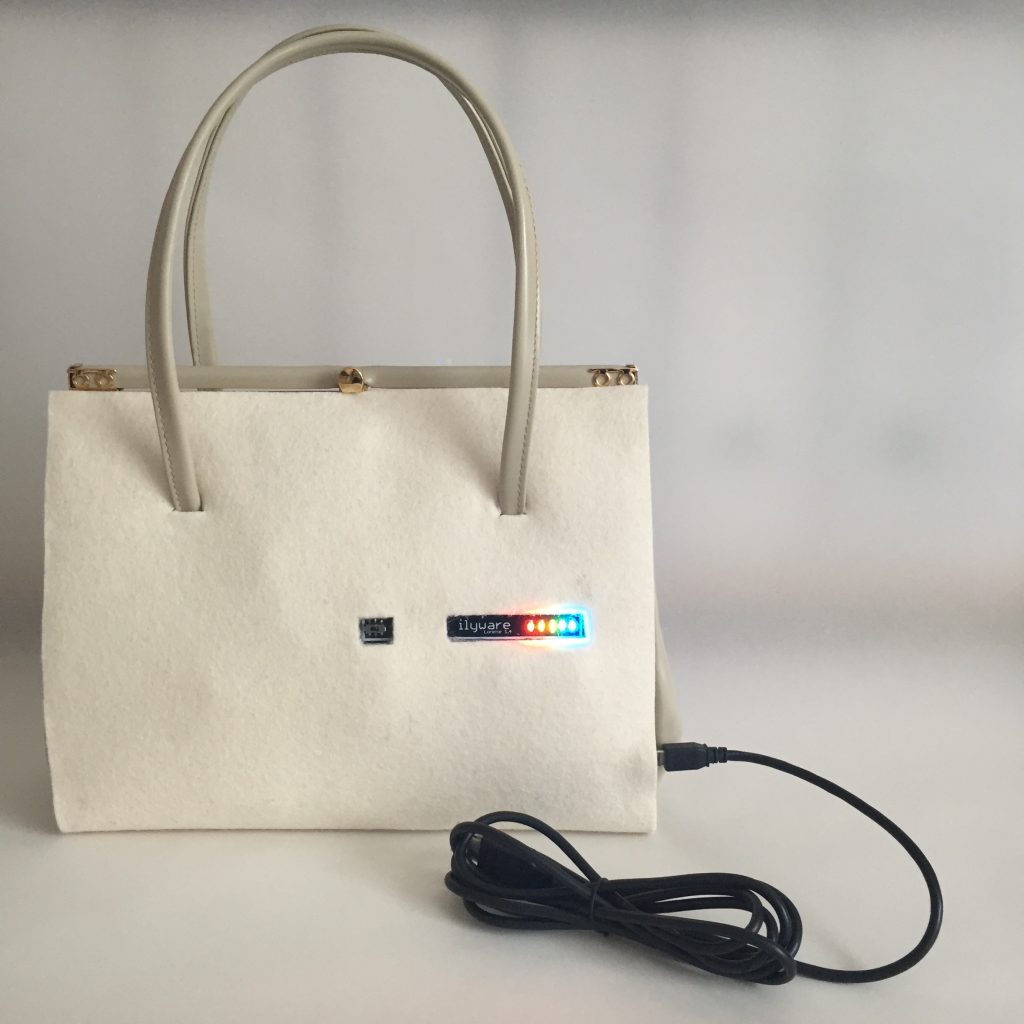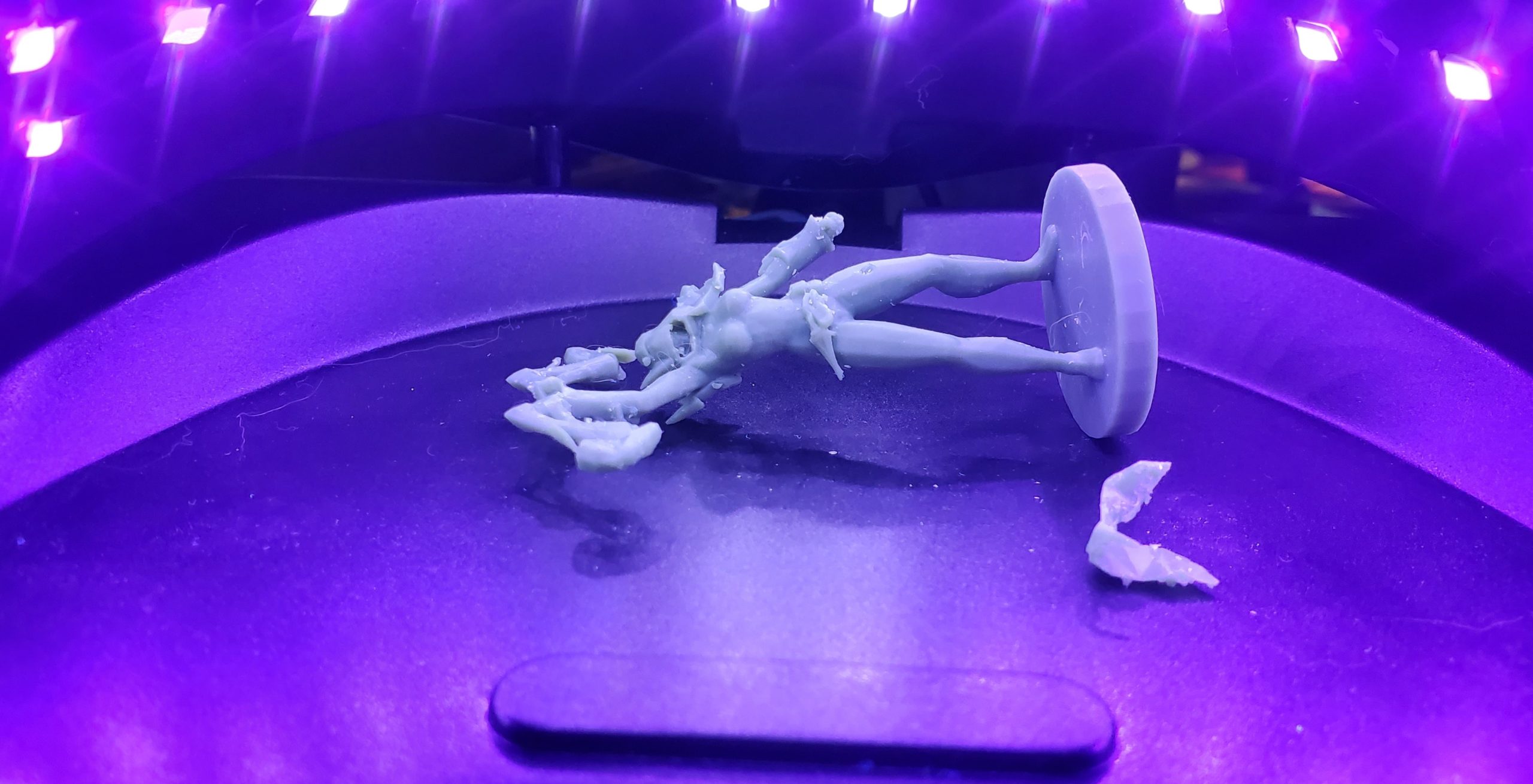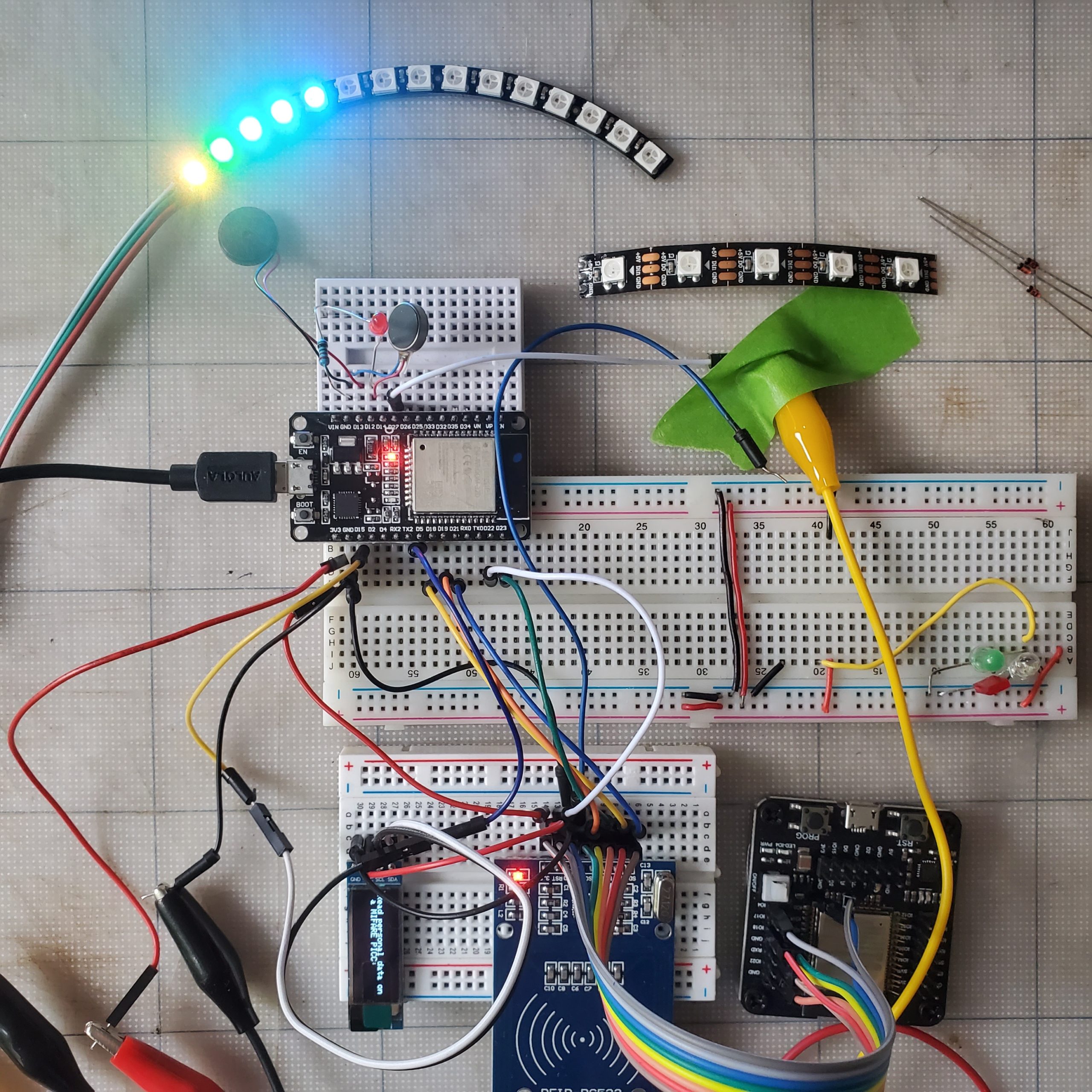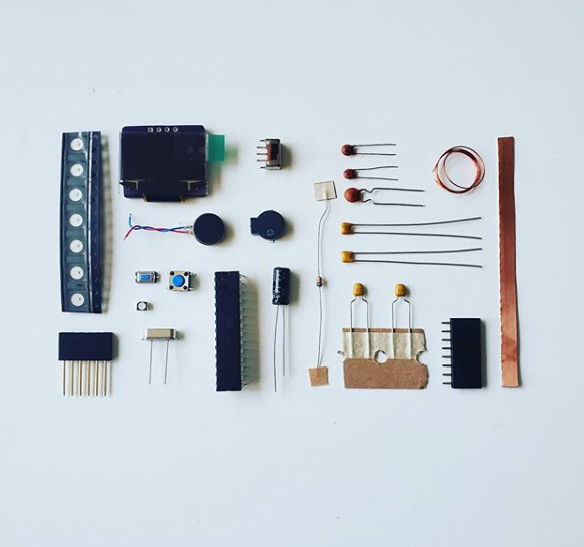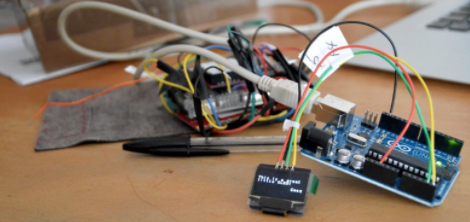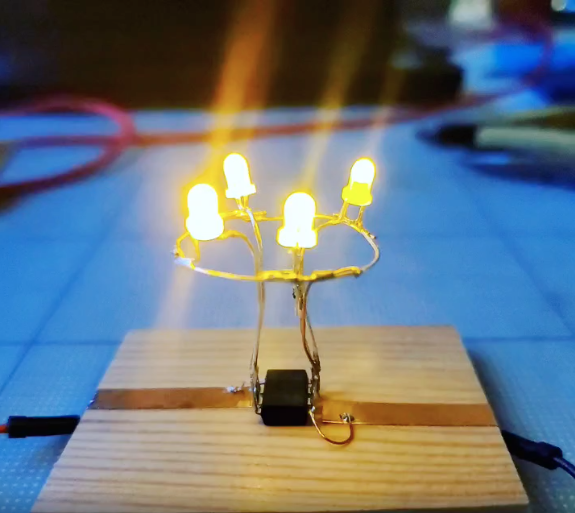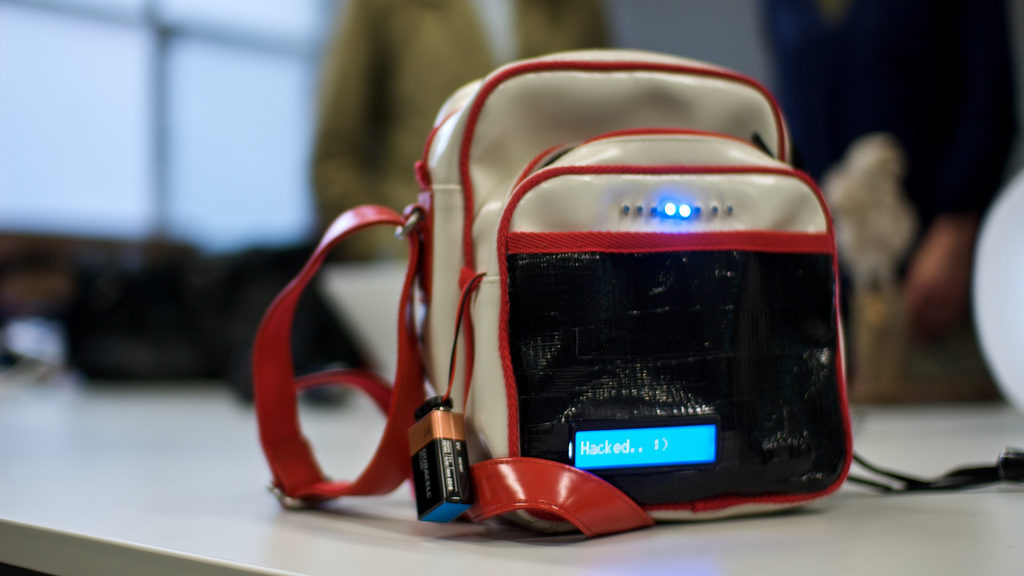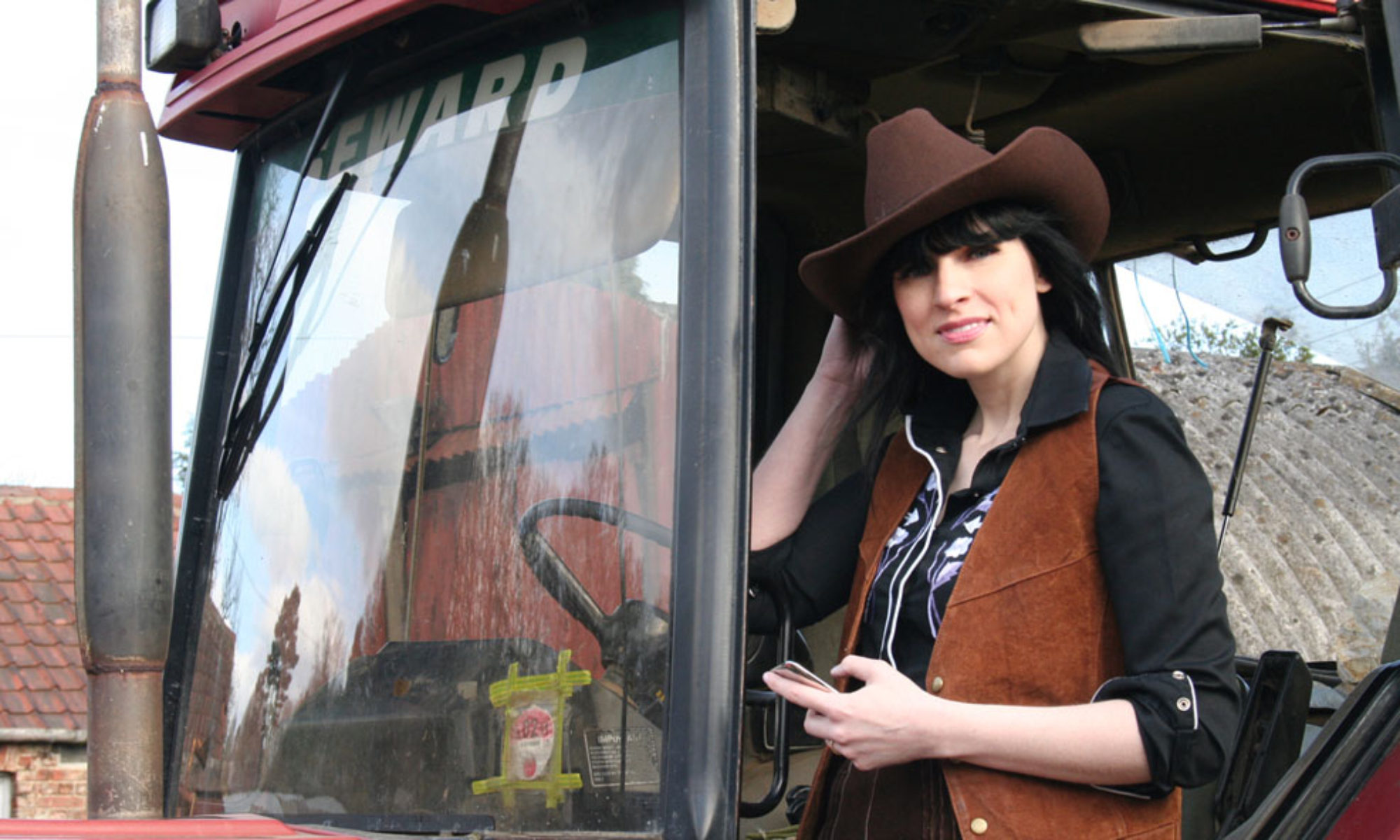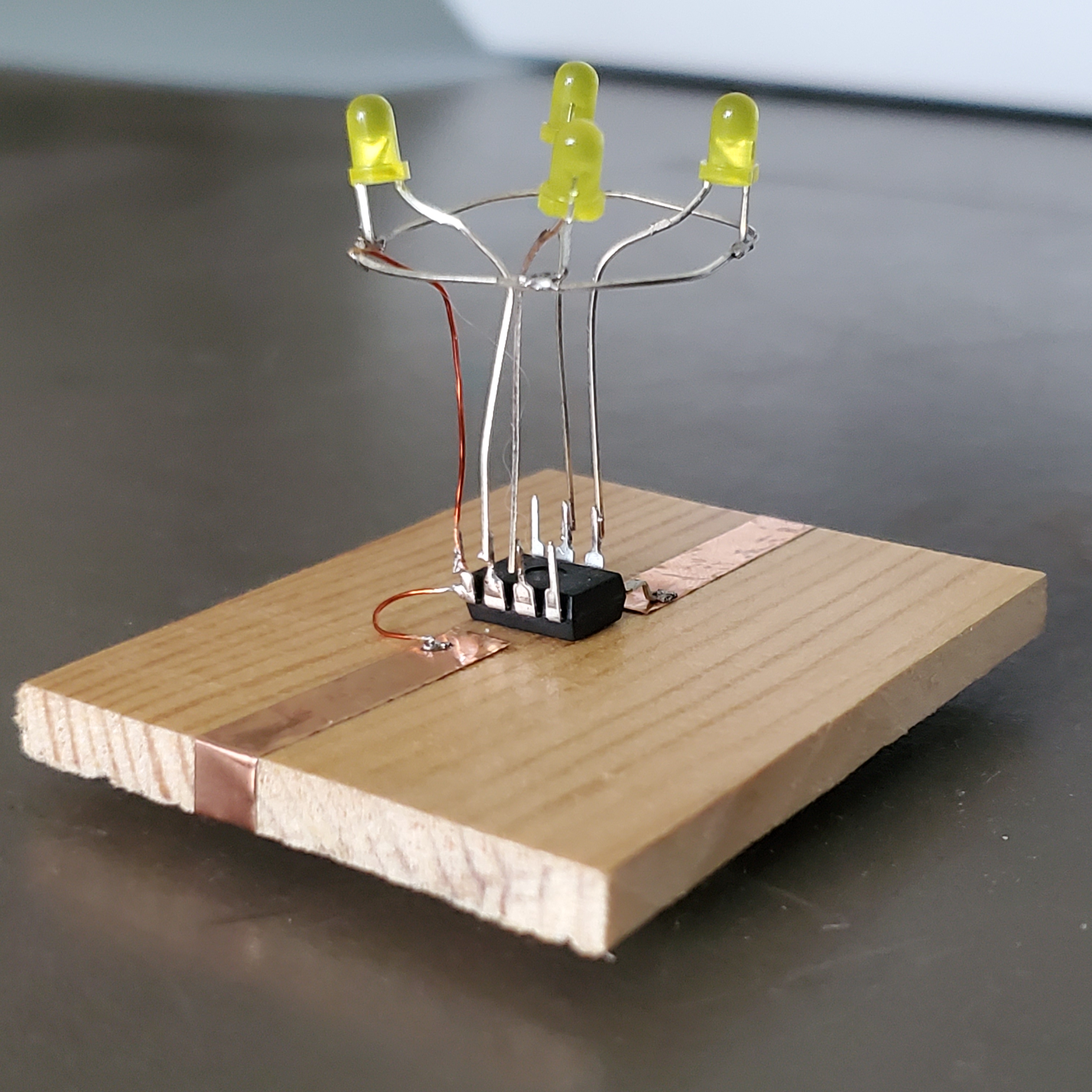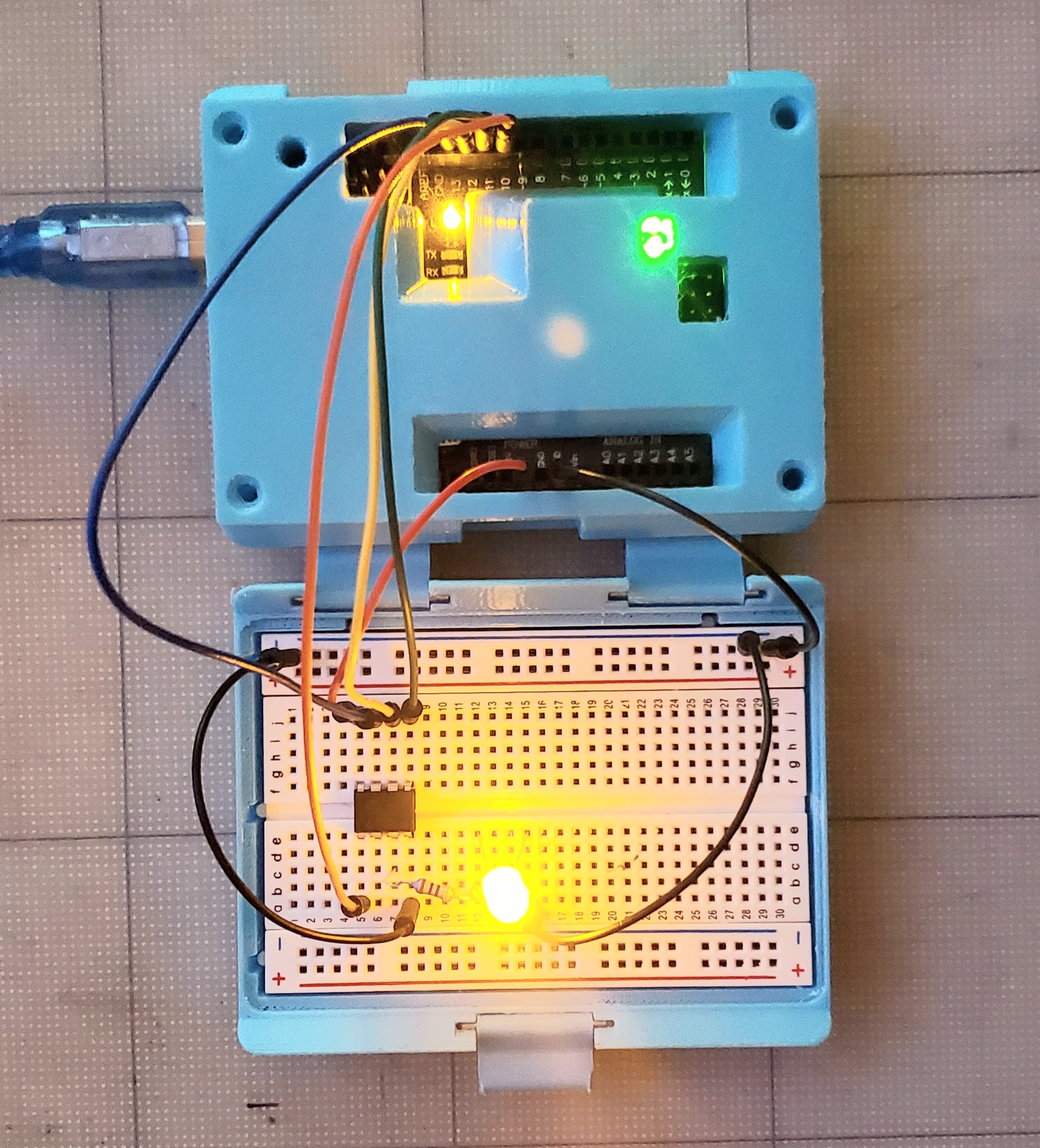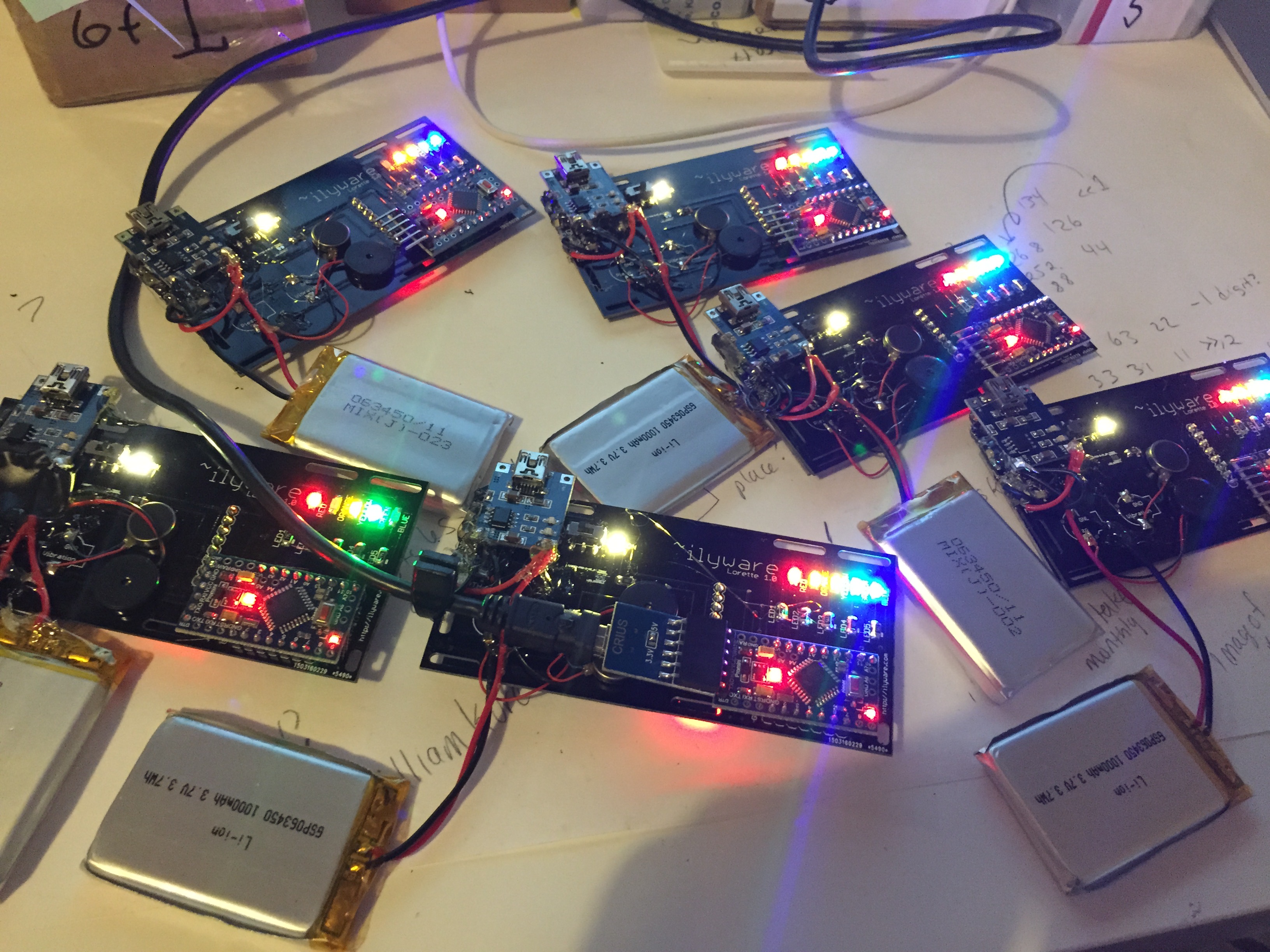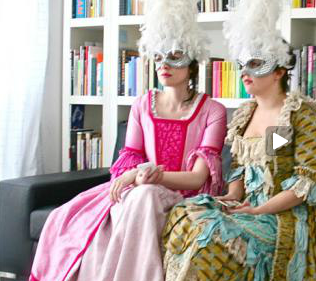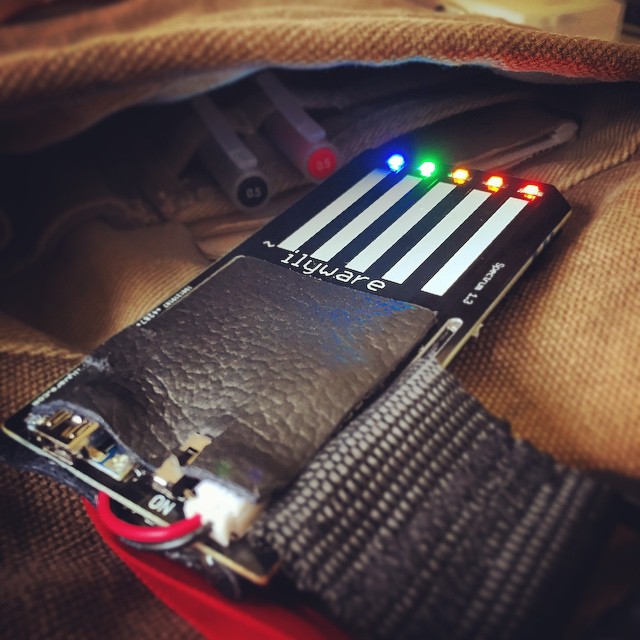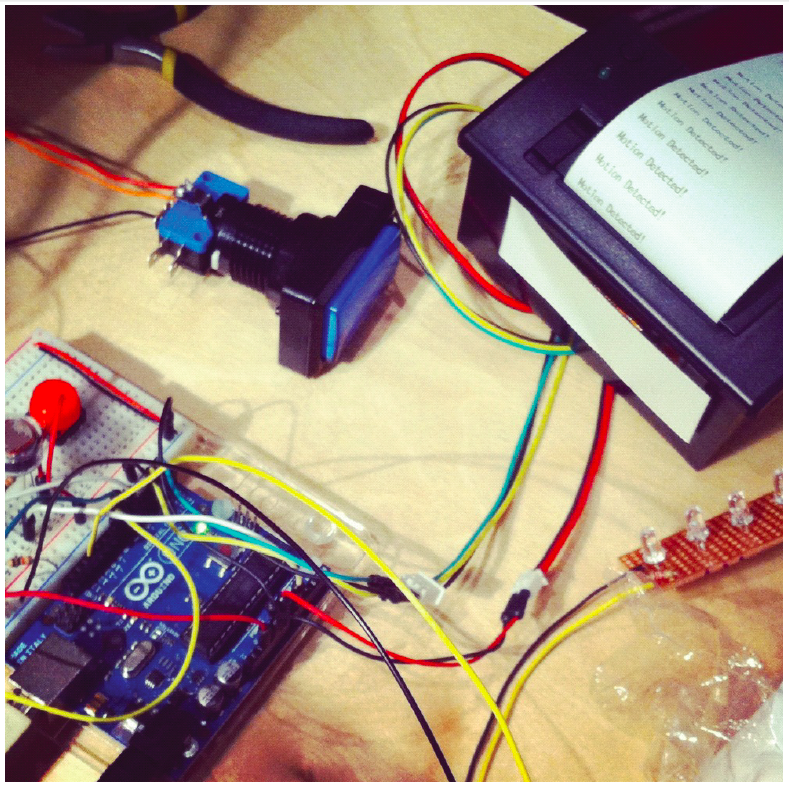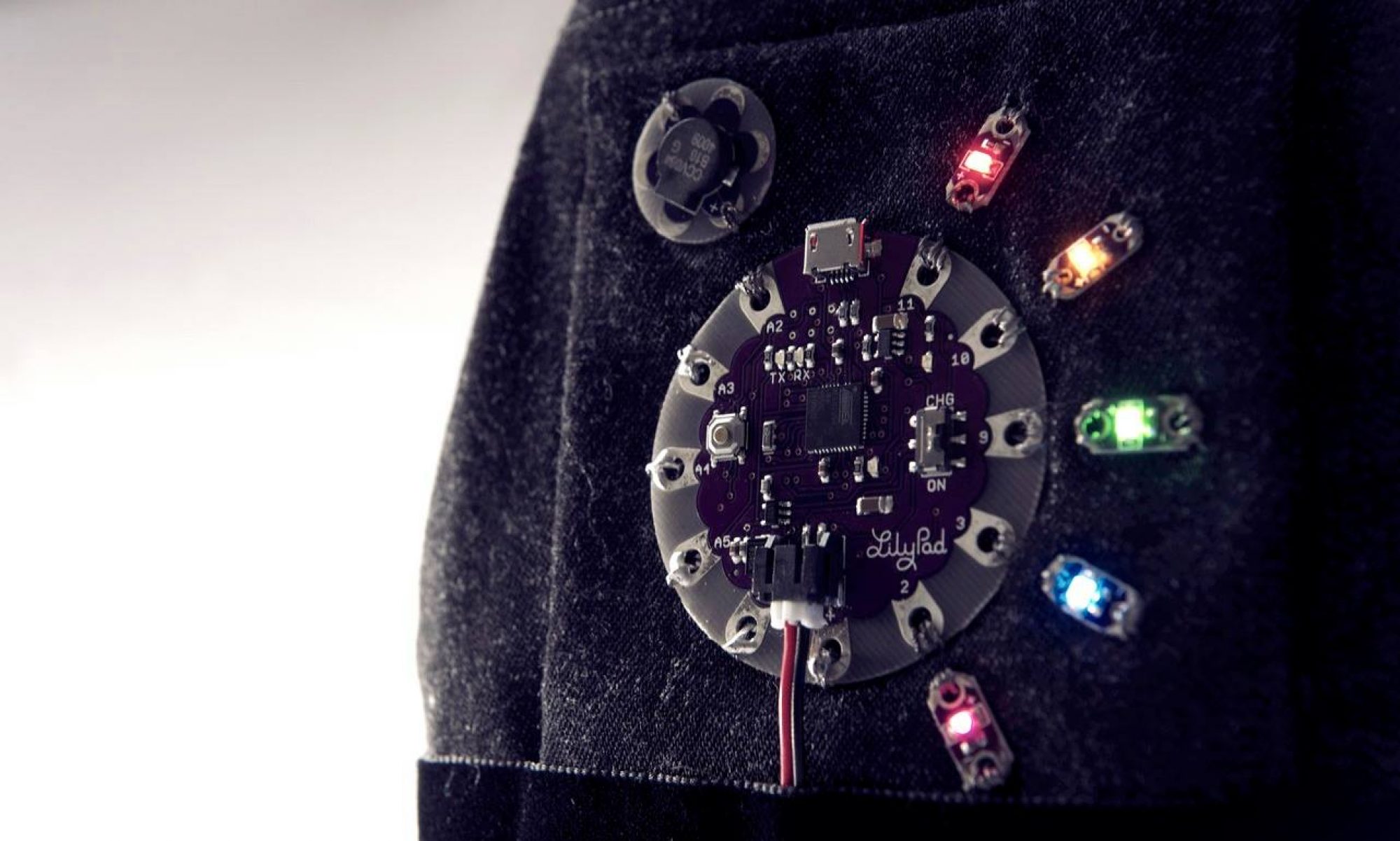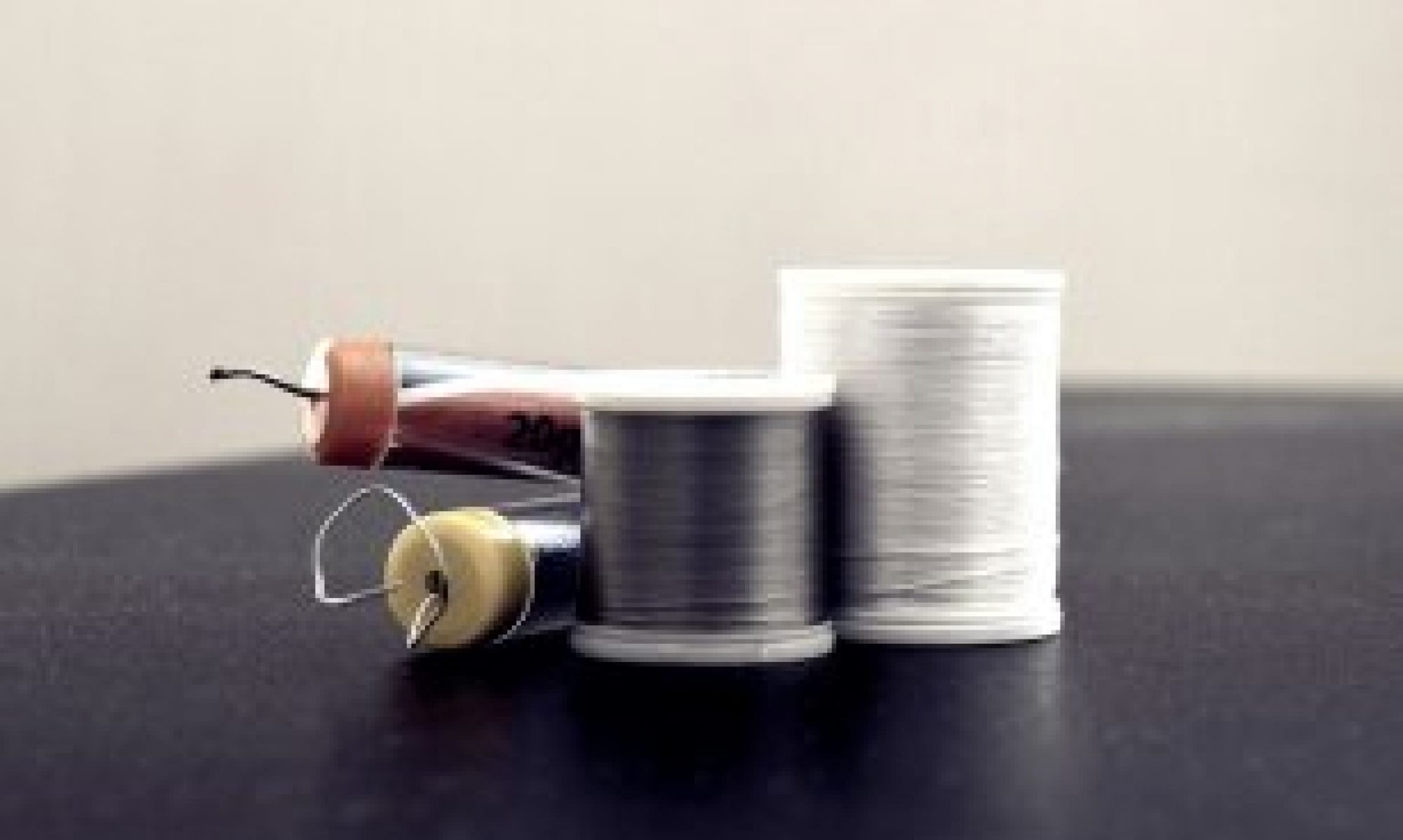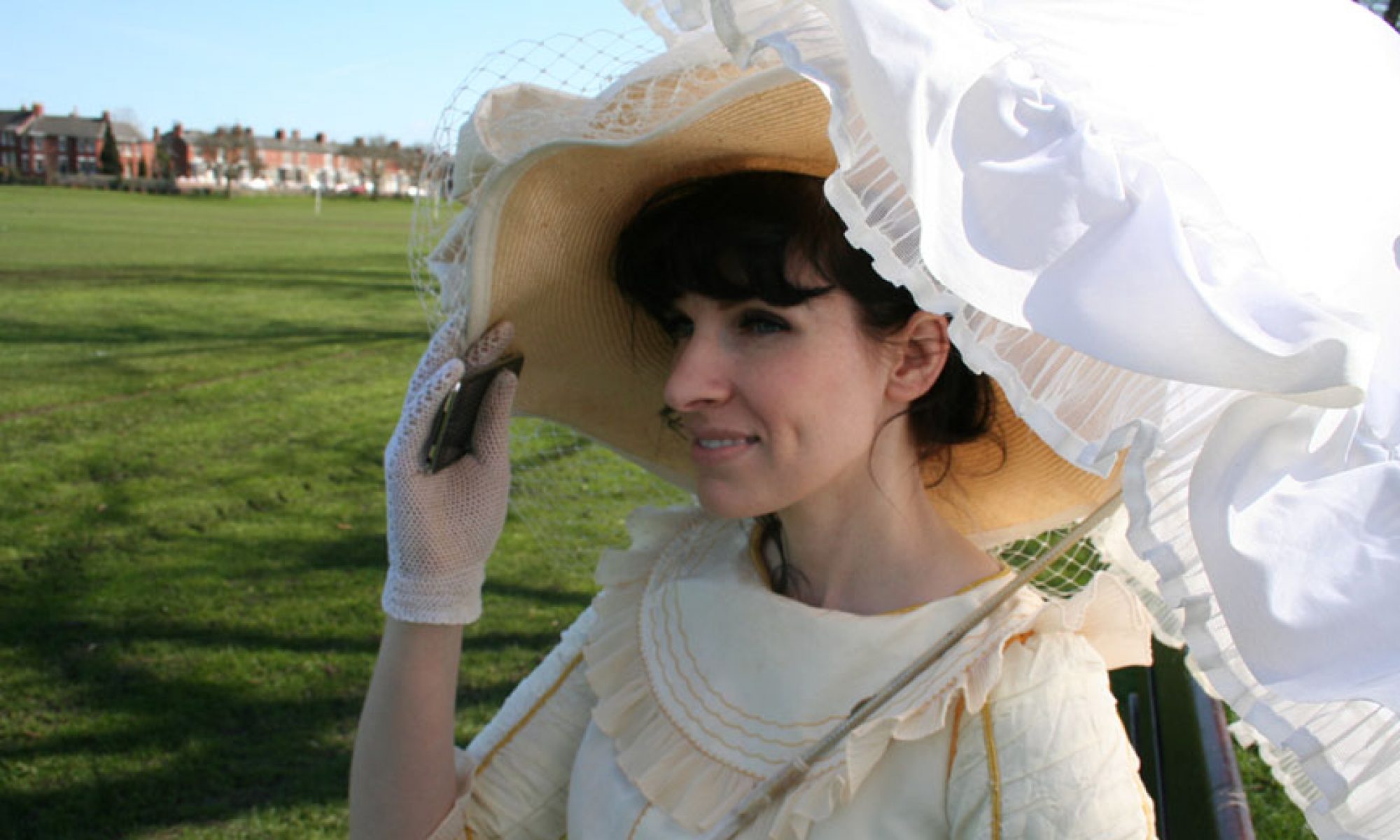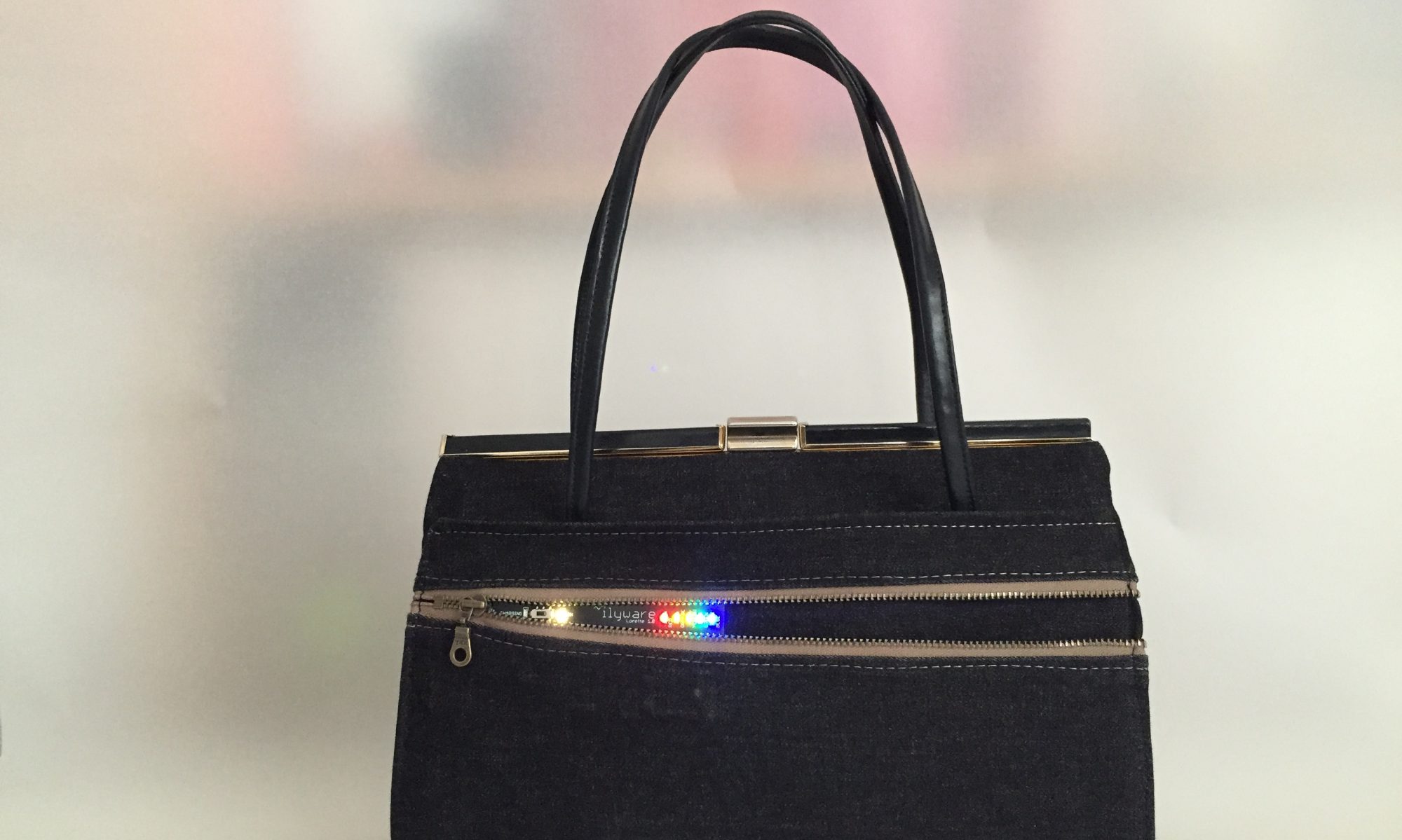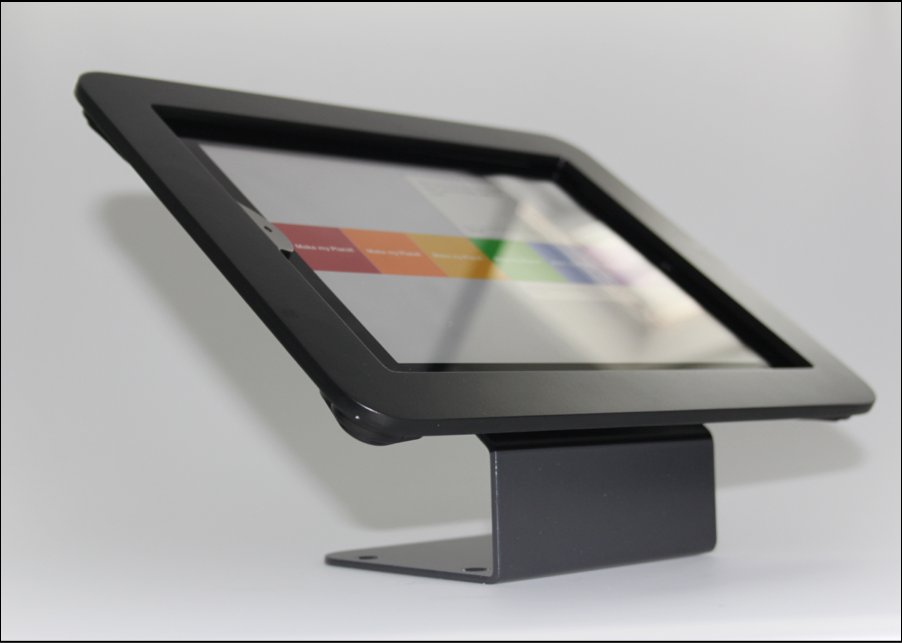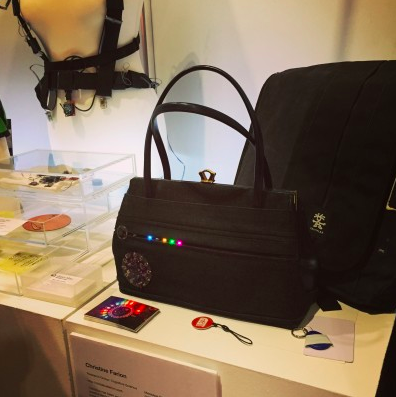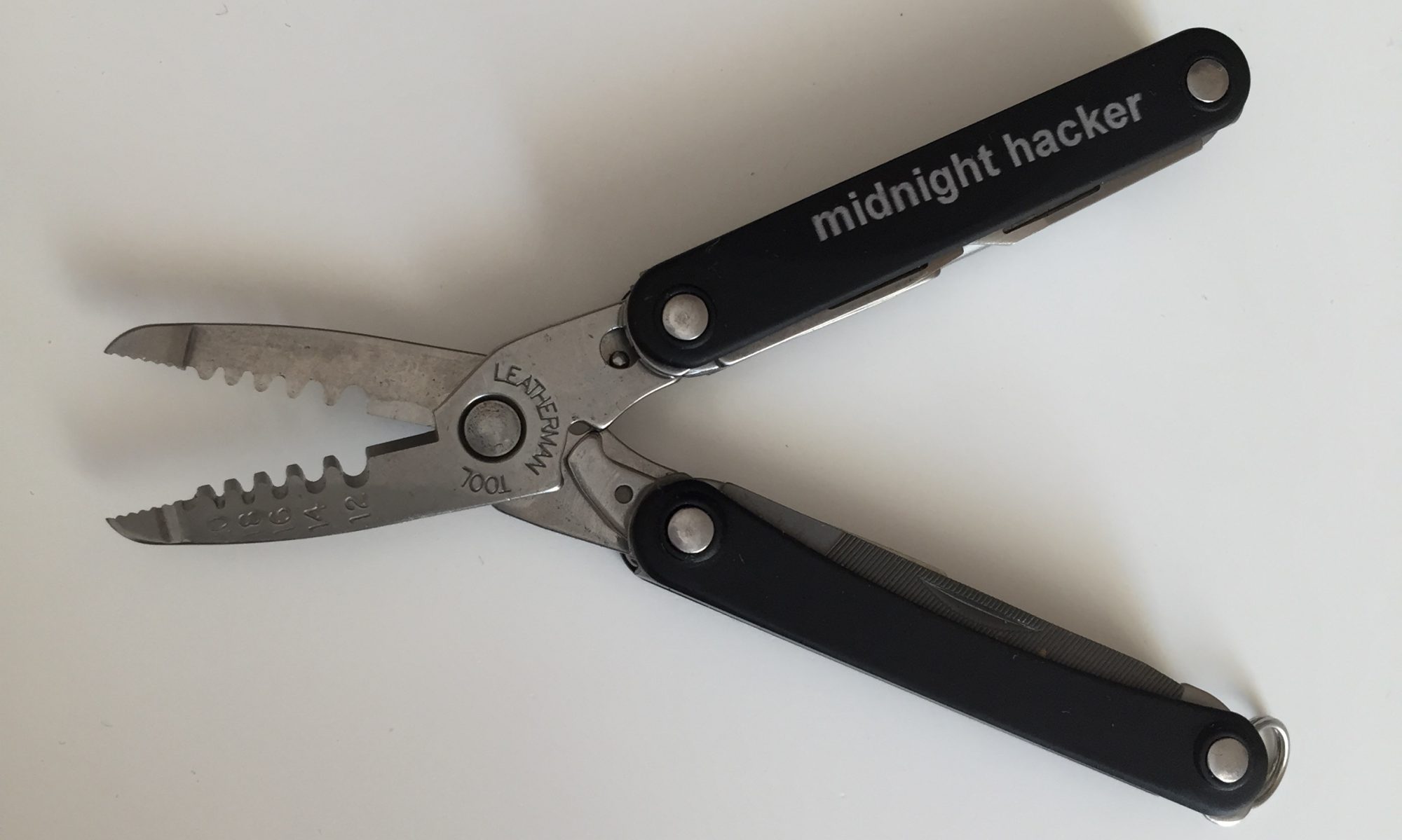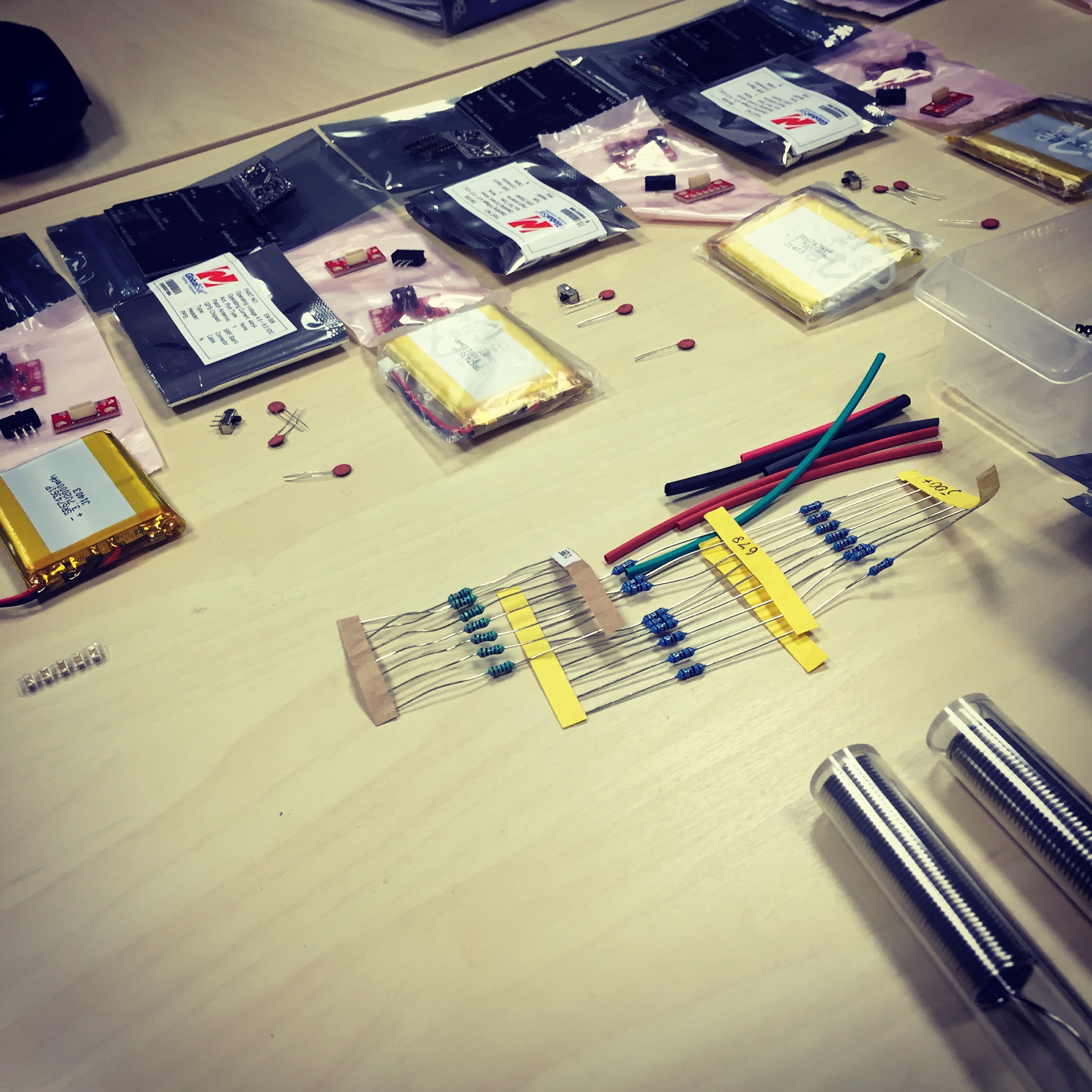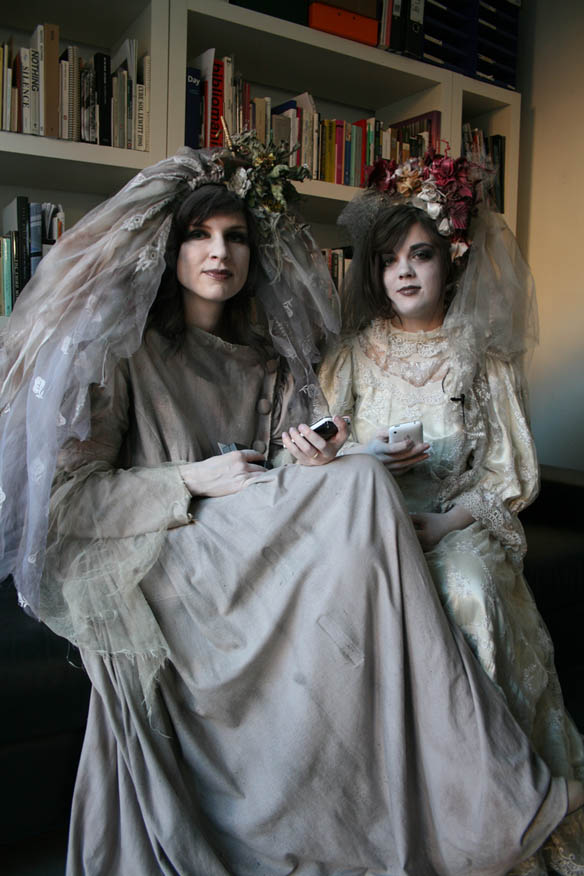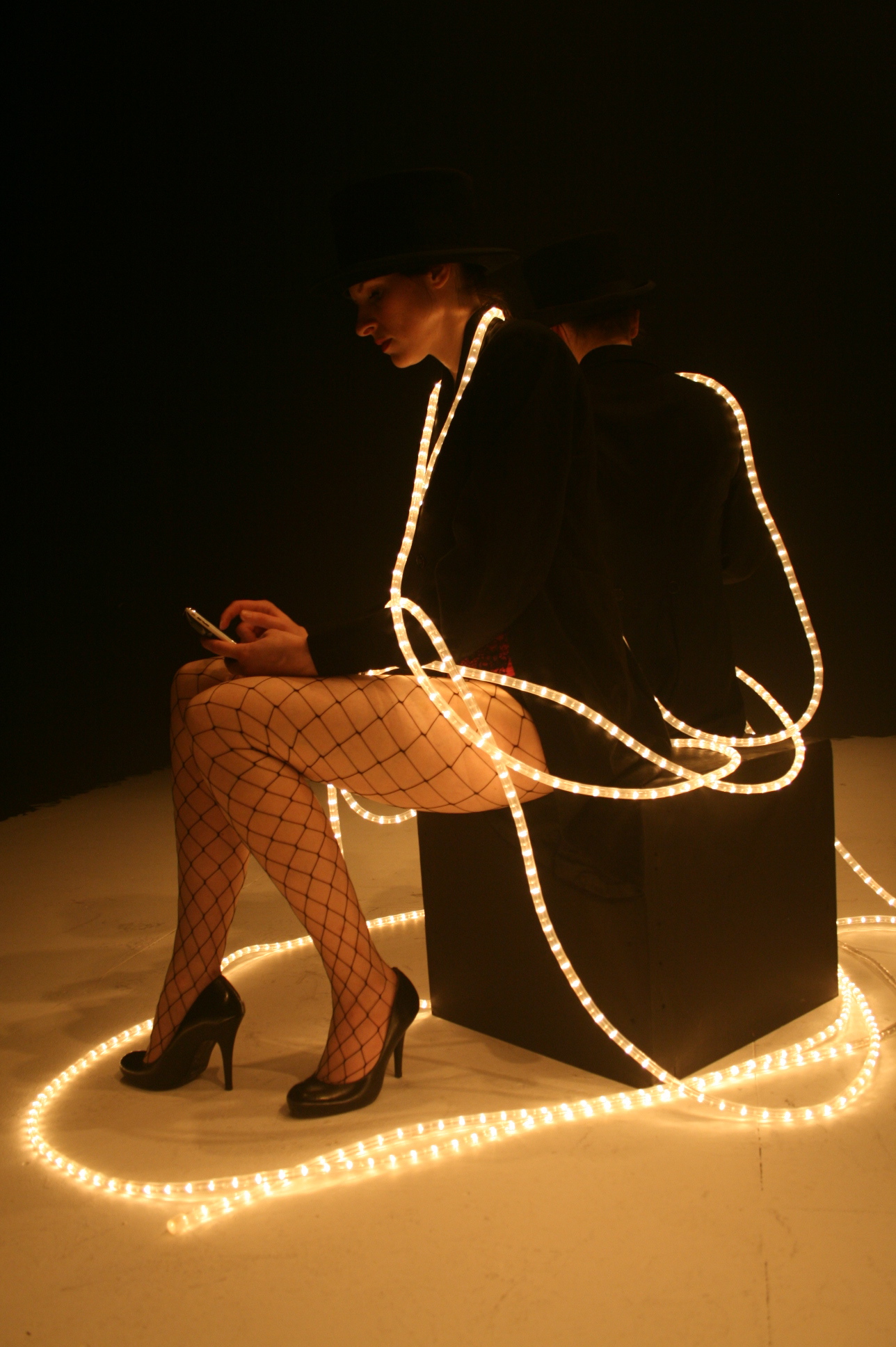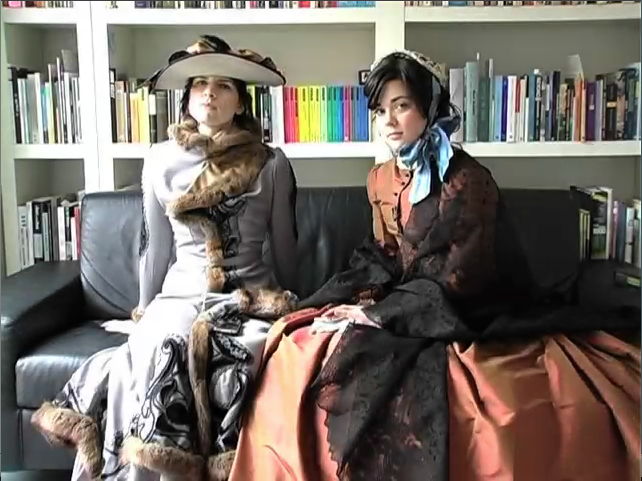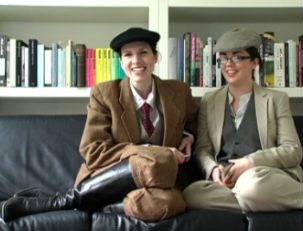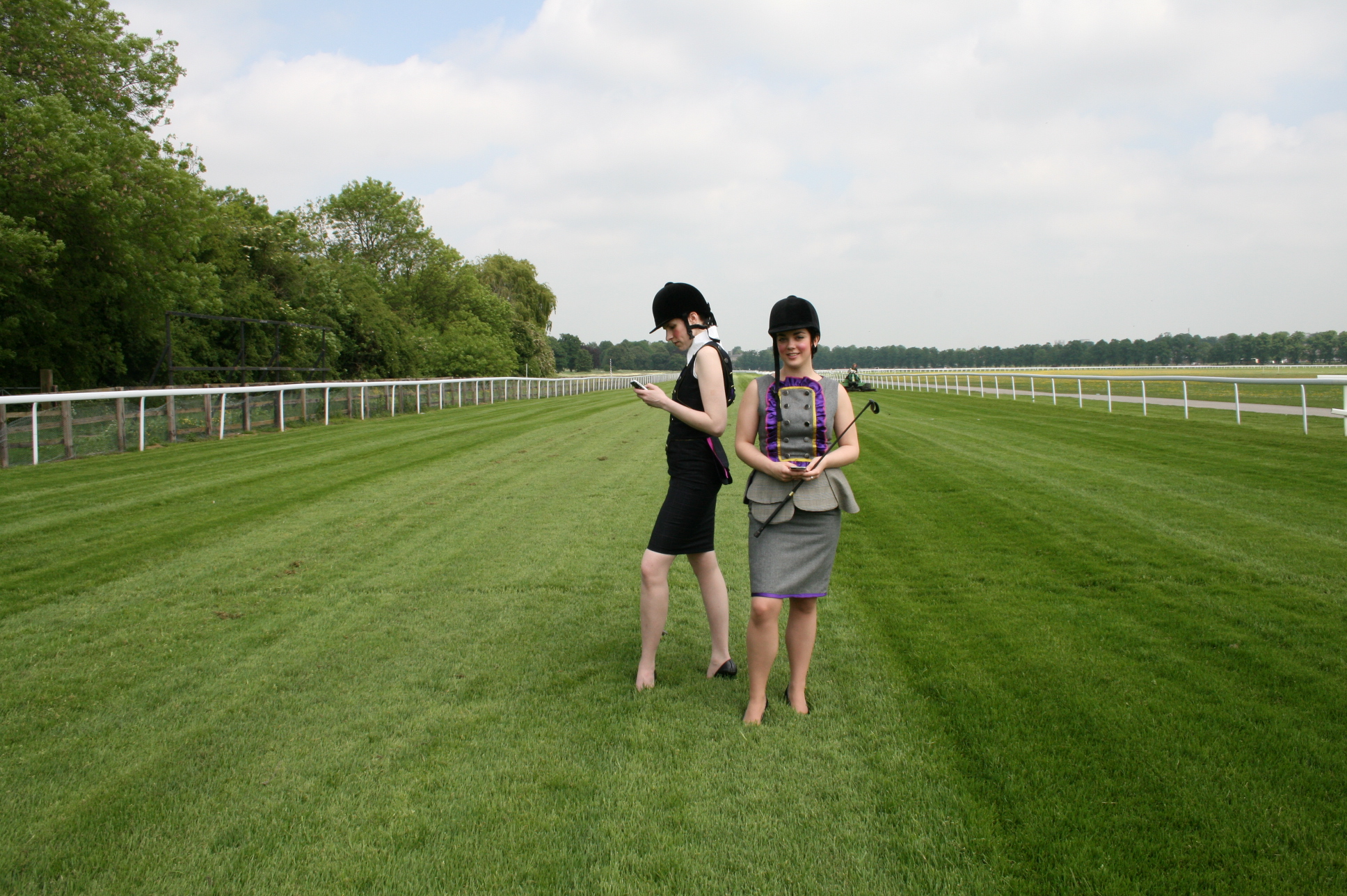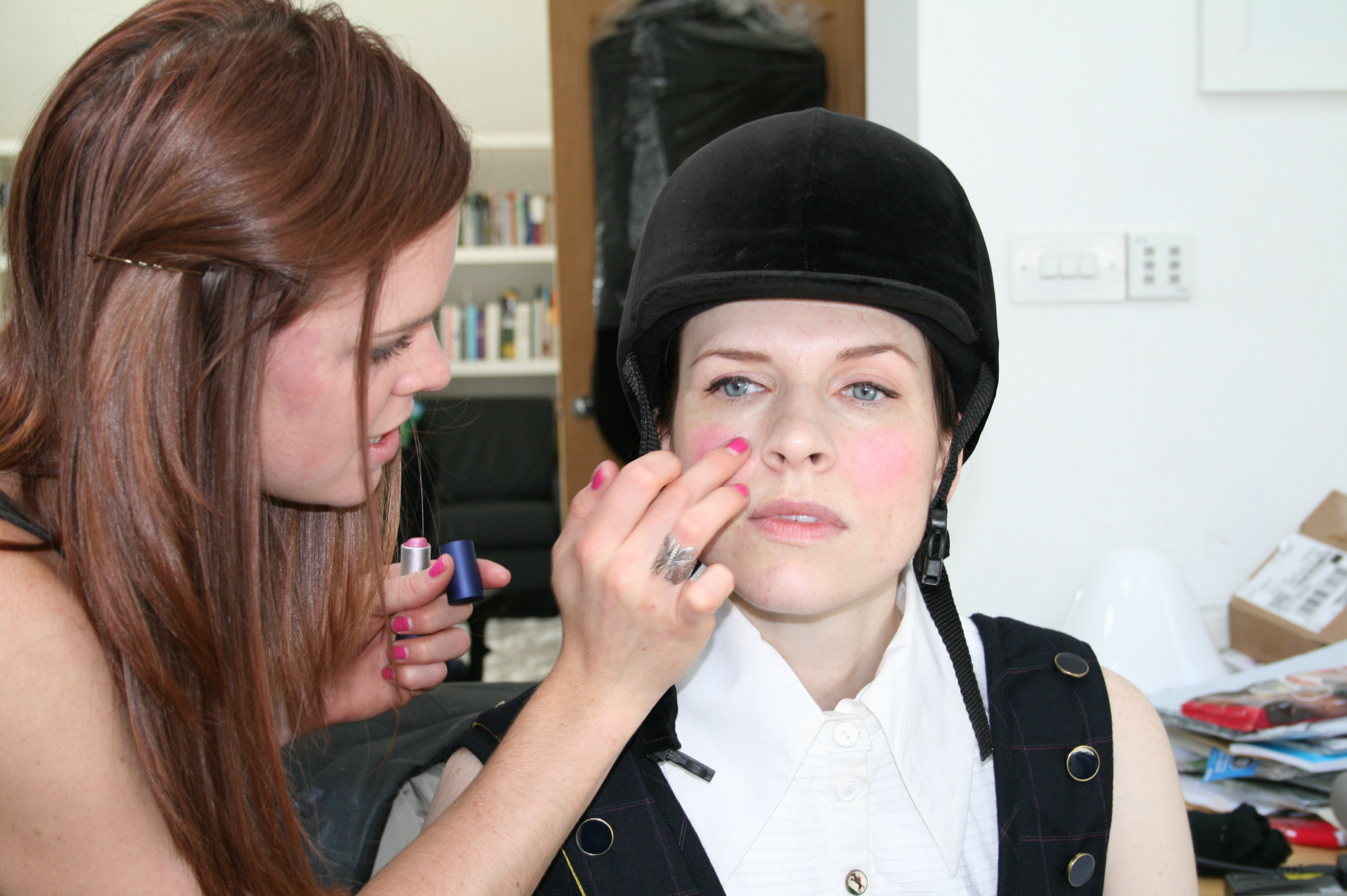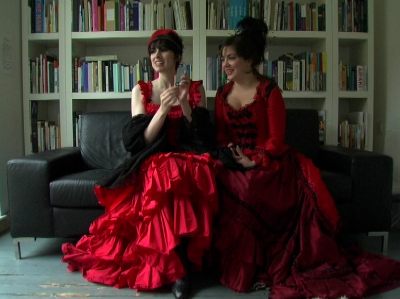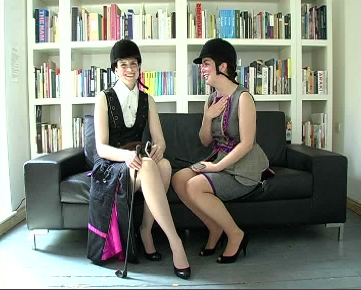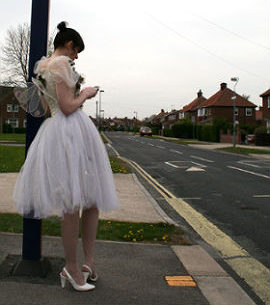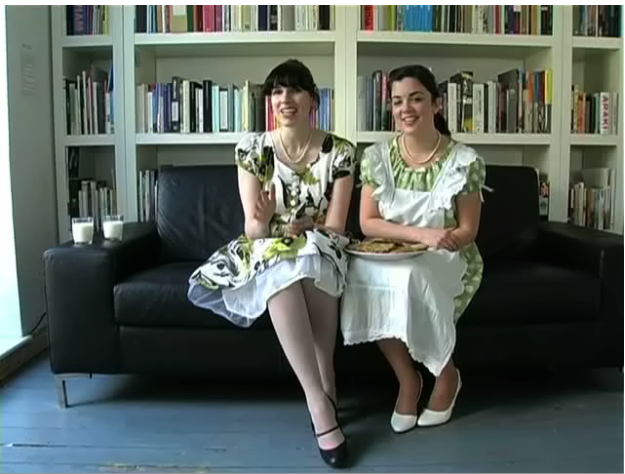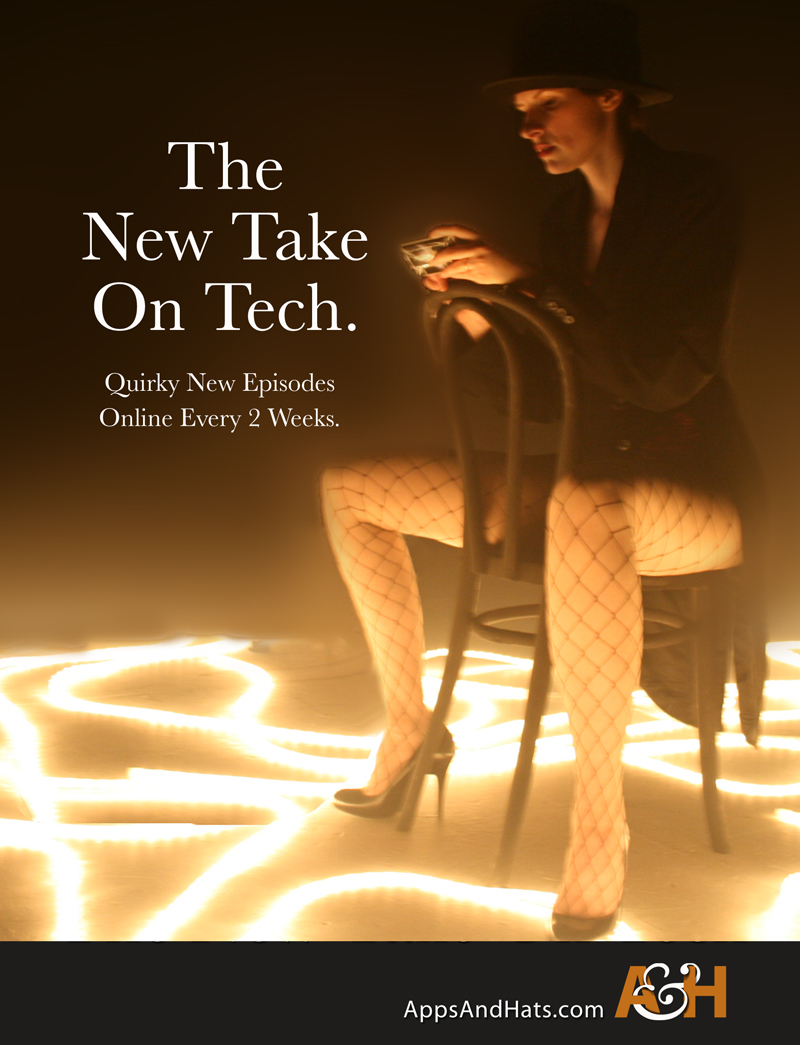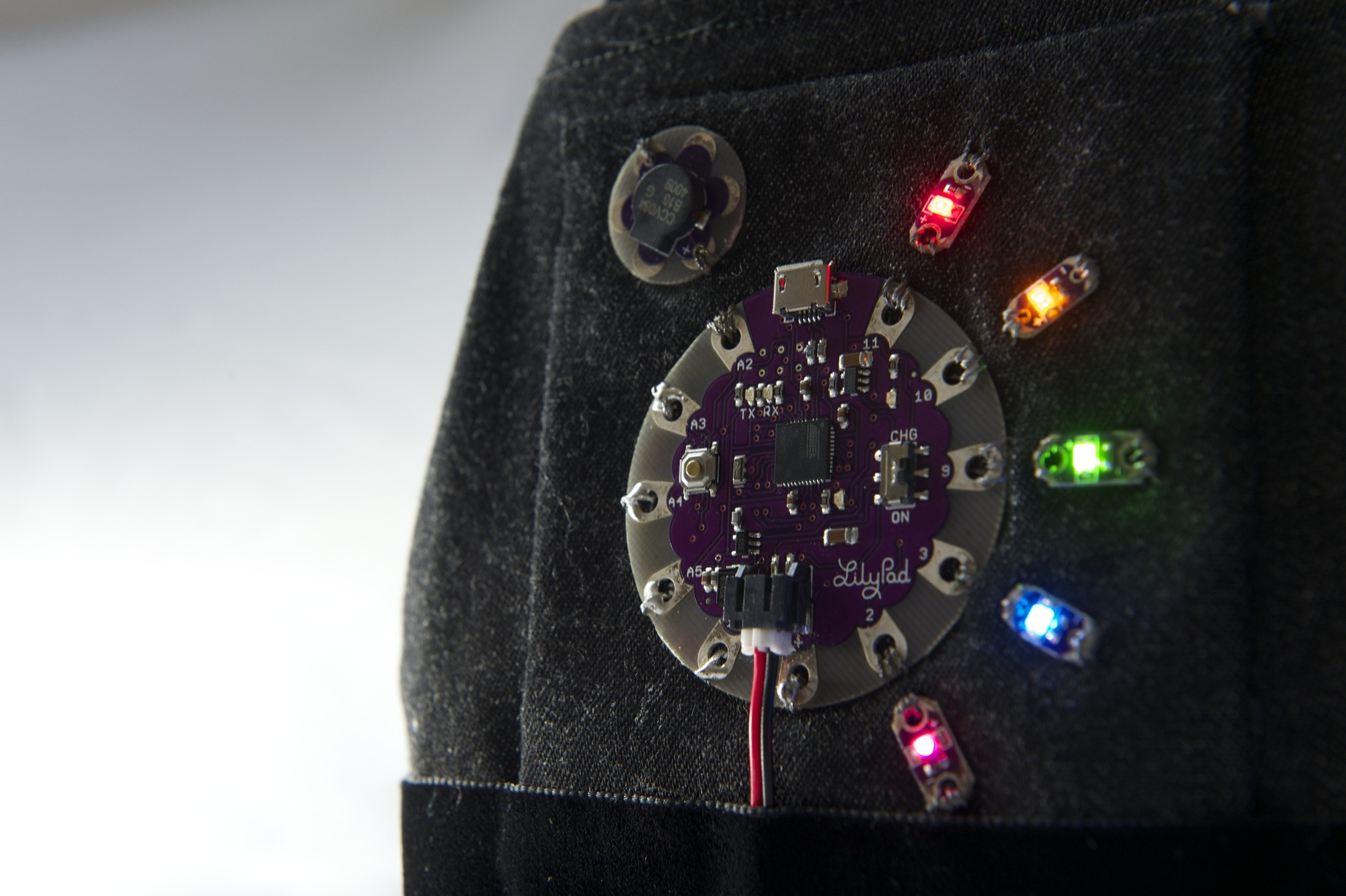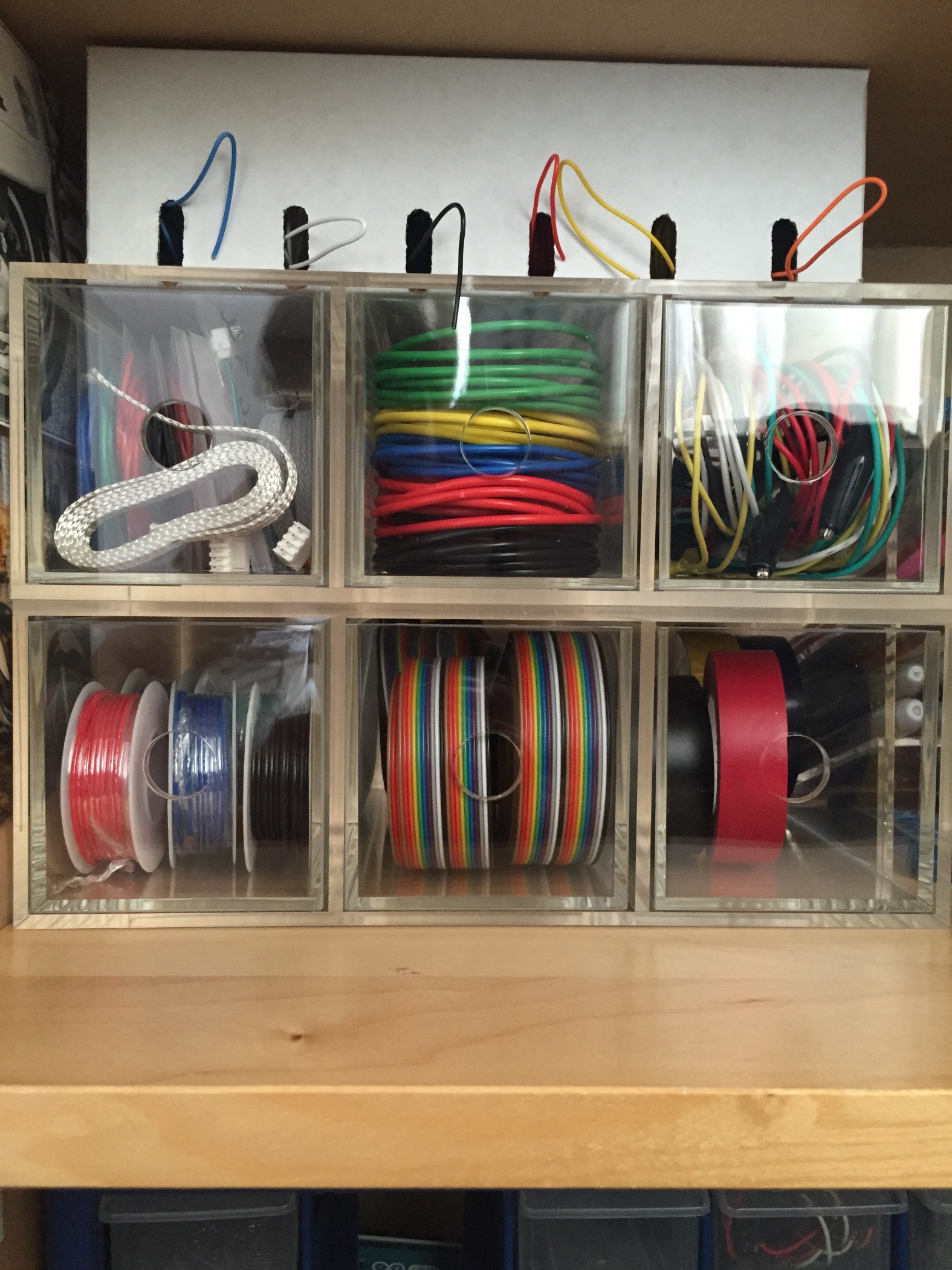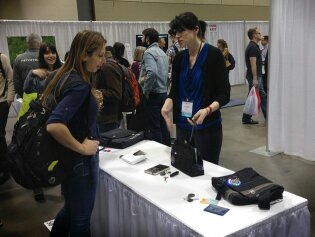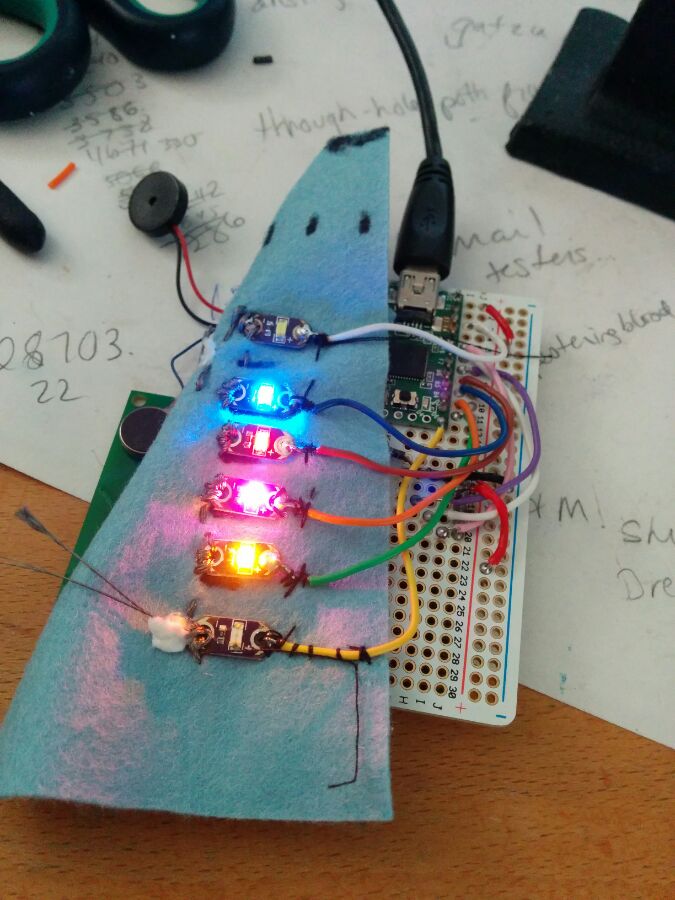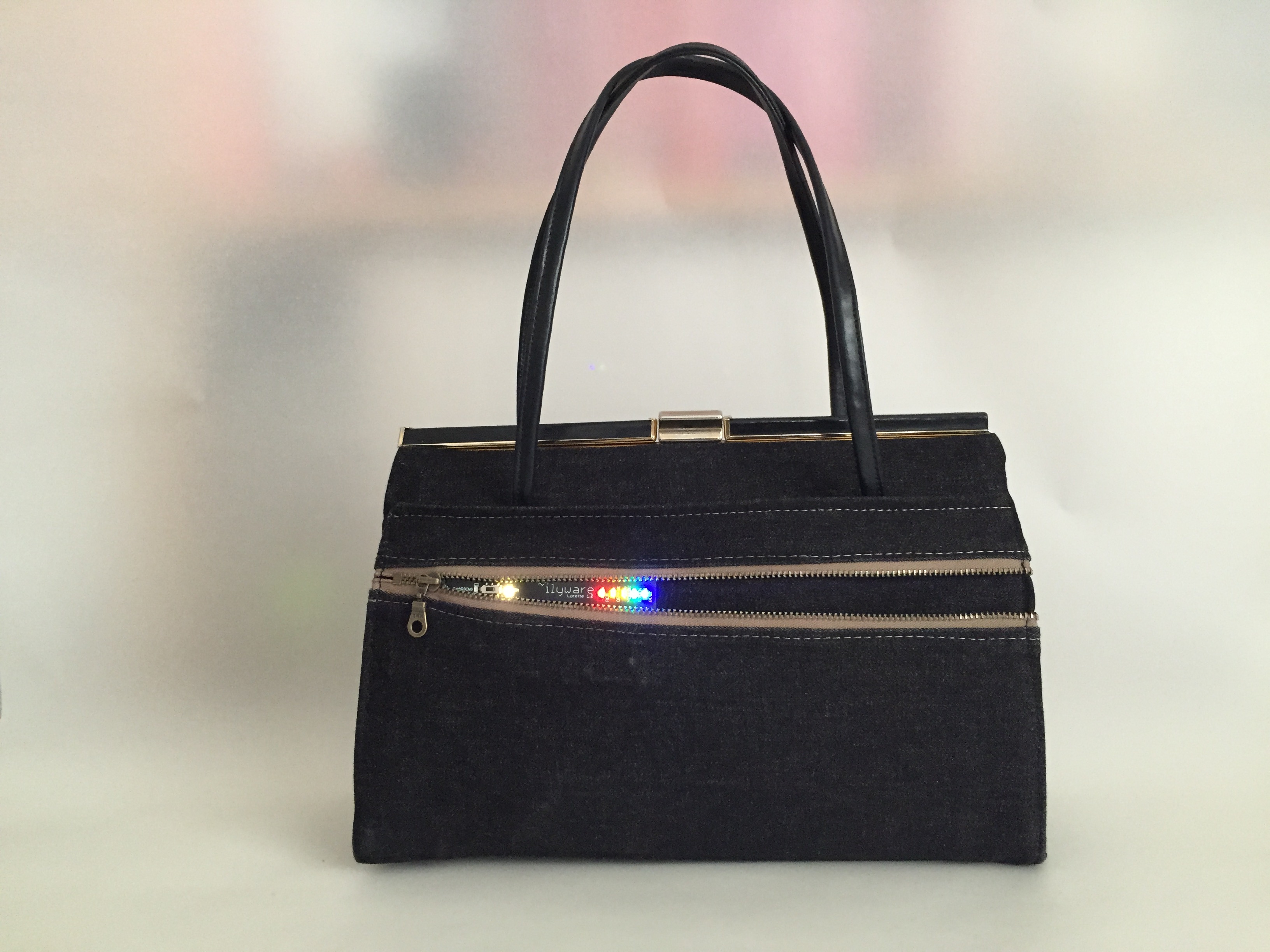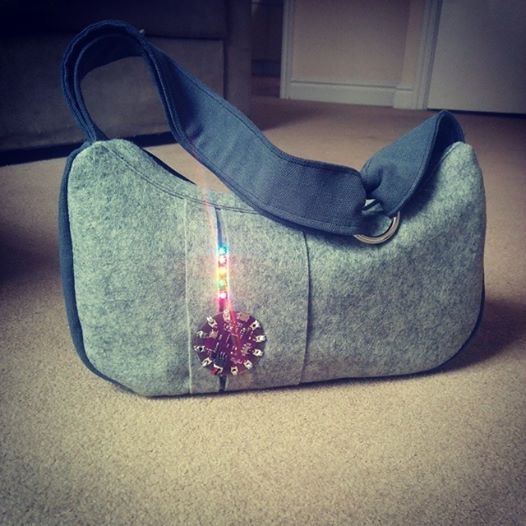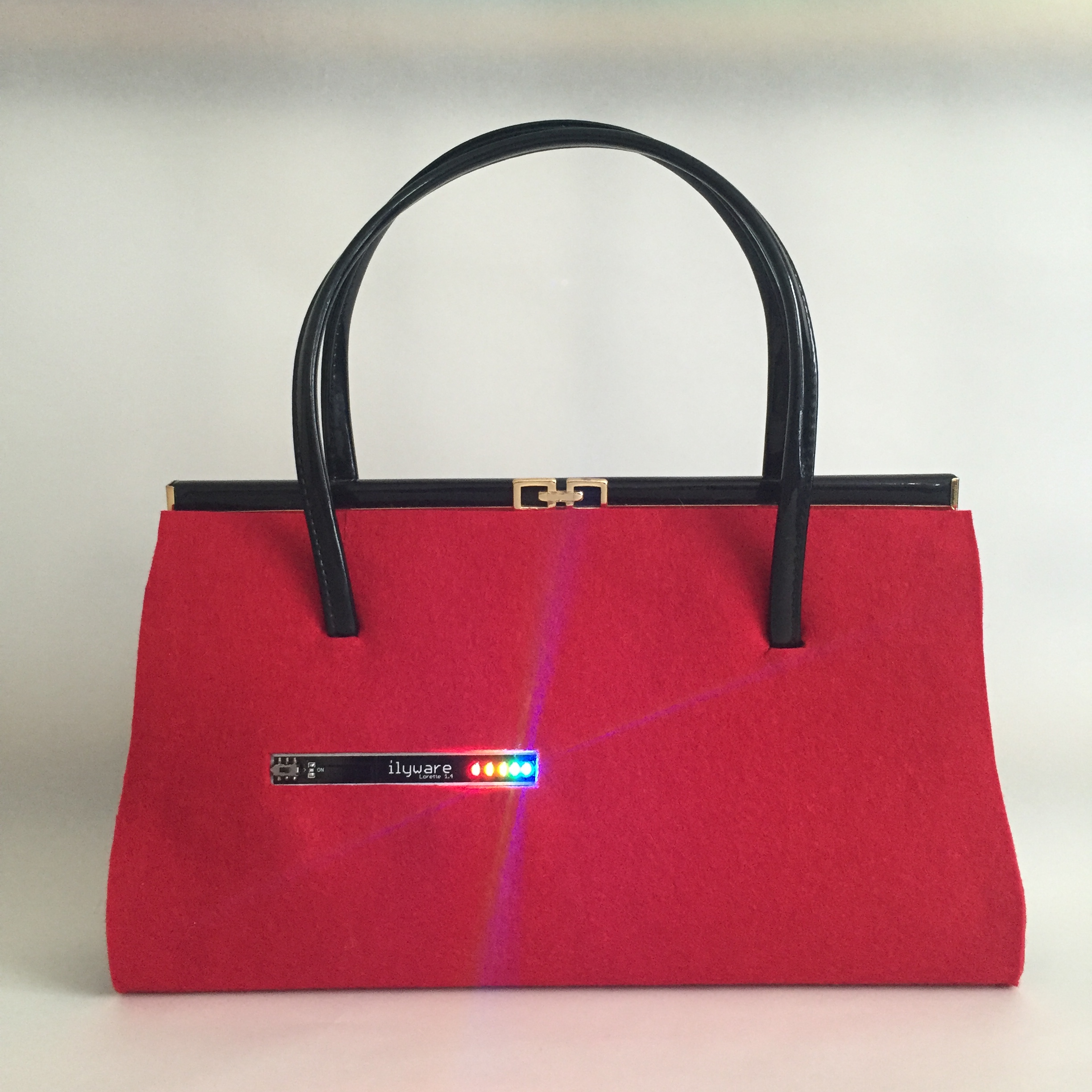Note: The best way to learn is to jump in! So, I created some NFTs of my abandoned building photos. Visit my CryptoBando collection.
A huge story in the news is about a non-fungible token being sold. This is the first virtual non-fungible token (NFT) artwork sold in an online auction at Christie’s (an auction house that was founded in 1766), Thursday 11th March. Why does this matter?
The story was huge because the auction closed at $69,346,250. Yup, just over 62 Million dollars. The starting bid was $100. It has closed a gap that was between the real world and the virtual / digital world.
The auction was for an artwork called “Everydays: The first 5000 days”, created by Mike Winkelmann. (Also goes by @beeple) It’s a collage of 5000 images that took 13 years to make.

I found this super interesting because a few months earlier I started looking into NFTs more. I couldn’t quite understand at first how people were selling these NFTs. What the value was? How you can prove you own this digital item? I had a lot of questions.
This prompted me to do some digging.
So many questions
So, I’m writing this post to answer some questions you might have too. I’m not an expert. This is information I’ve picked up on the way. So, please continue the research yourself or please add in the comments on the post if you have information – or if I’ve gotten things wrong!

Overview, what you need to get started
NFTs can be used to represent real or virtual items. This certifies it as one of a kind. Including:
- Art
- Music
- Virtual land
- Video
- Virtual items used in-game (see CryptoSpaceCommanders with the accompanying Steam game)
- Real world items that have been ‘tokenized’, I’ve seen socks!
1 You need to decide on a currency.
In this post, I am focusing on Ethereum. It has the largest NFT ecosystem.
2 You also need a wallet that supports your currency. In this case it will need to support ERC-721. That is the Ethereum based NFT token standard.
3 Some ether, (ETH) in your wallet. Maybe £40 – or more to get started.
4 You need to connect to a marketplace with your wallet. This is where you’ll upload your NFT! Turning your work into an NFT is called ‘minting’. Minting creates a new token on the blockchain that will forever be attached to your content.
The information: Blockchain
From my understanding, an NFT is a digital token. This is encrypted with the makers signature as part of this blockchain. This allows the artists / makers and owners to verify ownership.
[su_pullquote align=”left”]Blockchain is a system of recording information in a way that makes it difficult or impossible to change, hack, or cheat the system. A blockchain is essentially a digital ledger of transactions that is duplicated and distributed across the entire network of computer systems on the blockchain.[/su_pullquote]
Information from Euromoney.com
Blockchain is the backbone of cryptocurrencies (Bitcoin, Ethereum etc…)

This post isn’t about everything concerning this blockchain or cryptocurrencies so please see the link to euromoney.com which has good information on it. Or you can find other info online.
So what actually is an NFT then?
These non-fungible tokens essentially mean it is a digital file that is unique. The identity and ownership is verified on the blockchain. They are not interchangeable (non-fungible) as opposed to a fungible commodity. That is something that IS interchangeable. One example is gold. a specified amount of gold is always equal to that same amount of gold. Even if the form of that gold is a bar, a coin etc.

These NFT are not mutually interchangeable. Typically, they are created artworks or other types of files (later we will see Kevin Rose put his podcast ep 1 on a marketplace) uploaded to an auction market. Even TacoBell are in on this now, creating TacoBell Art.
Auction Markets
The created ‘work’ once uploaded to these auction sites, creates a copy of the file. this copy is encoded as an NFT on the digital ledger. These are bought with cryptocurrency and then resold. Markets I’ve had a look at included Rarible.com and OpenSea.io


The cryptocurrency that I’ve seen used the most is Ethereum. ERC-721 seems to be the first standard representing these NFTs. There is also a Flow blockchain. Again, this post isn’t about covering these currencies in details.
To use these market places you need an Ethereum wallet. This wallet will then need to be connected to the site. (see wallet information below) There is also information on OpenSea on why use them to sell your NFTs.
Ethereum (Ether)
Interesting about Ethereum on wiki as of March 2021, “The first Ethereum-based NFTs were released as part of the Etheria project on October 21st, 2015 (upgraded on October 29 to v1.1 and October 31 to v1.2) and presented at DEVCON1 […] November 13, 2015 in London by its creator, Cyrus Adkisson. Etheria is a 33-by-33 map of purchasable and tradeable hexagonal tiles upon which small structures can be built with LEGO-like bricks. To facilitate trading, the contract allows owners to simply “setOwner” of a tile to a new account. ERC-721 wouldn’t arrive for another 2 years. While this project was noted by the community at its launch, most tiles went unpurchased for more than 5 years until 2021 when strong interest in NFTs began a community-wide search for NFTs of note.”
CryptoPunks
In June 2017, CryptoPunks is one of the first NFT on the Ethereum blockchain. It was released by American studio Larva Labs, a two-person team consisting of Matt Hall and John Watkinson. There are 10,000 unique CryptoPunks with varying traits that create some more rare than others. Zombie, Ape and Alien are the rarest.

More information on CryptoPunks from Playtoearn.
What about wallets?
These transactions and accounts all require you to have a wallet. There are a few that can be used. MetaMask, Fortmatic, Bitski, and others.


Fortmatic is a hot wallet that enables you to use decentralized applications (dapps) and access tokens from your address on Ethereum. It uses a phone number or email address as authentication, without the need for extensions or seed phrases.

Create your non-fungible token
There are some great guides online about creating an NFT. There is too much information to go through that here. But a few things to note is the charges and the differences between the websites.
Some of these sites charge for NFT creation so you need to read your terms and conditions carefully!
A typical listing has the properties of the item for sale, Origin information, chain info, the history etc.

When listing on Rarible you pay the initial gas fee, this seems to be an initial approval fee.

Then is an additional fee to upload and mint your file. This fluctuates daily. Currently it was at £74.34 this forms part of the contract. Ether 0.058202
More Information, non-fungible tokens
This week, a newsletter dropped into my email (that I subscribe to) from Kevin Rose. By coincidence, there is a fantastic interview about NFTs. “Our first episode is all about NFTs, you can have a listen and subscribe here. Also, ironically, I’ve turned the 1st episode of this new show into a 1 of 1 NFT, happy collecting.”
Royalties?
Also, from what I’m reading, most non-fungible tokens (NFT) platforms allow artists to receive at least 10% royalties. This means you continue to profit off future sales of your piece. You can typically set this as 10,20 or 30% royalties.
Fun collections
CryptoBots CryptoBots is a game centered around cryptographically unique collectible bots on the Ethereum blockchain.
Ethermon Re-launched in 2019 Ethermon.io is the community driven version of the popular Etheremon.com under an entire new team. Players can continue to use their old and new Ether Monsters (EtherMon) to join forces and continue their journey in this crypto based battle games where they capture, train, and transform their collections.
CryptoSpaceCommanders Get ready to embark on an adventure through the cosmos! Crypto Space Commander (CSC) is a space MMO that operates in a completely real-time, player-controlled economy.

Lastly, Gas Prices
Be aware of the prices for listing if there are any, plus the fees for selling or when sold. There are gas prices too. On most non-fungible tokens (NFT) trading platforms, users are responsible for paying for the computing energy required to process and validate transactions on the blockchain. Also, gas fees fluctuate depending on the time of day.
Additional fees fluctuate between sites. Many popular sites charge users a gas fee for minting a token, as well as a fee for selling and buying. Some fees are as little as 2% while others are as high as 7%. Most platforms also require digital wallets, so take into account conversion fees between different forms of ether (ETH).



Stay Safe
As with all things on the internet and information available, stay safe. This is a good post for guidance on Safely purchasing non-fungible tokens. Hopefully this post has answered some questions to help you get started. Though, it might leave you with more questions!
MoonCats information recently in the news.
Please comment for corrections, or any information you have to add. Or even your personal experiences! I’d love to read it. *phew* what a long post!
